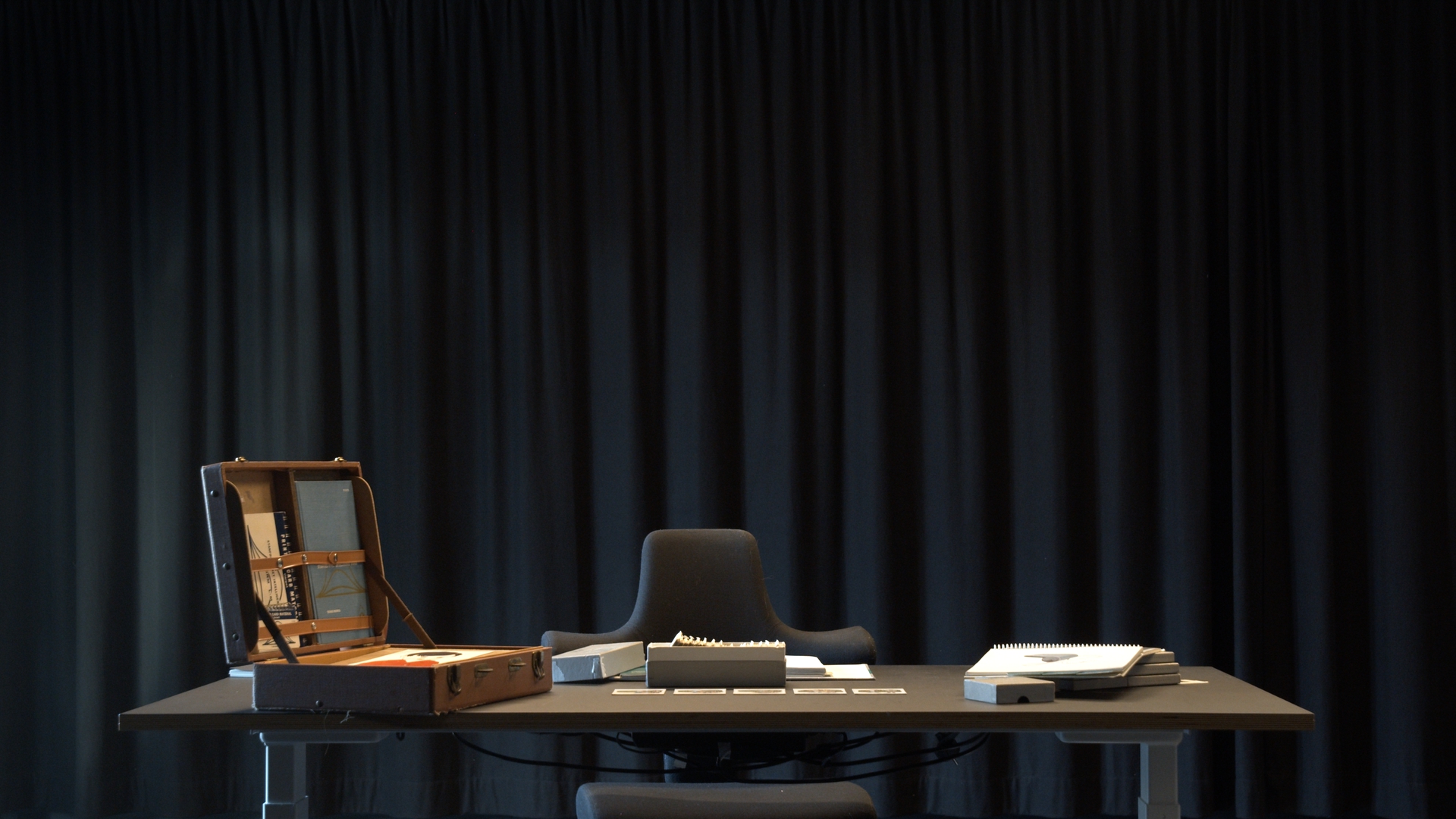Exhibitions / Events / Writing
2025
On Creative Destruction: Getting to Understand an Object Through Play (in Creative Disruption: Psychosocial Scholarship as Praxis, edited by Guilaine Kinouani, Hannah Reeves, and Clau Di Gianfrancesco. Palgrave Macmillan, 2025.)

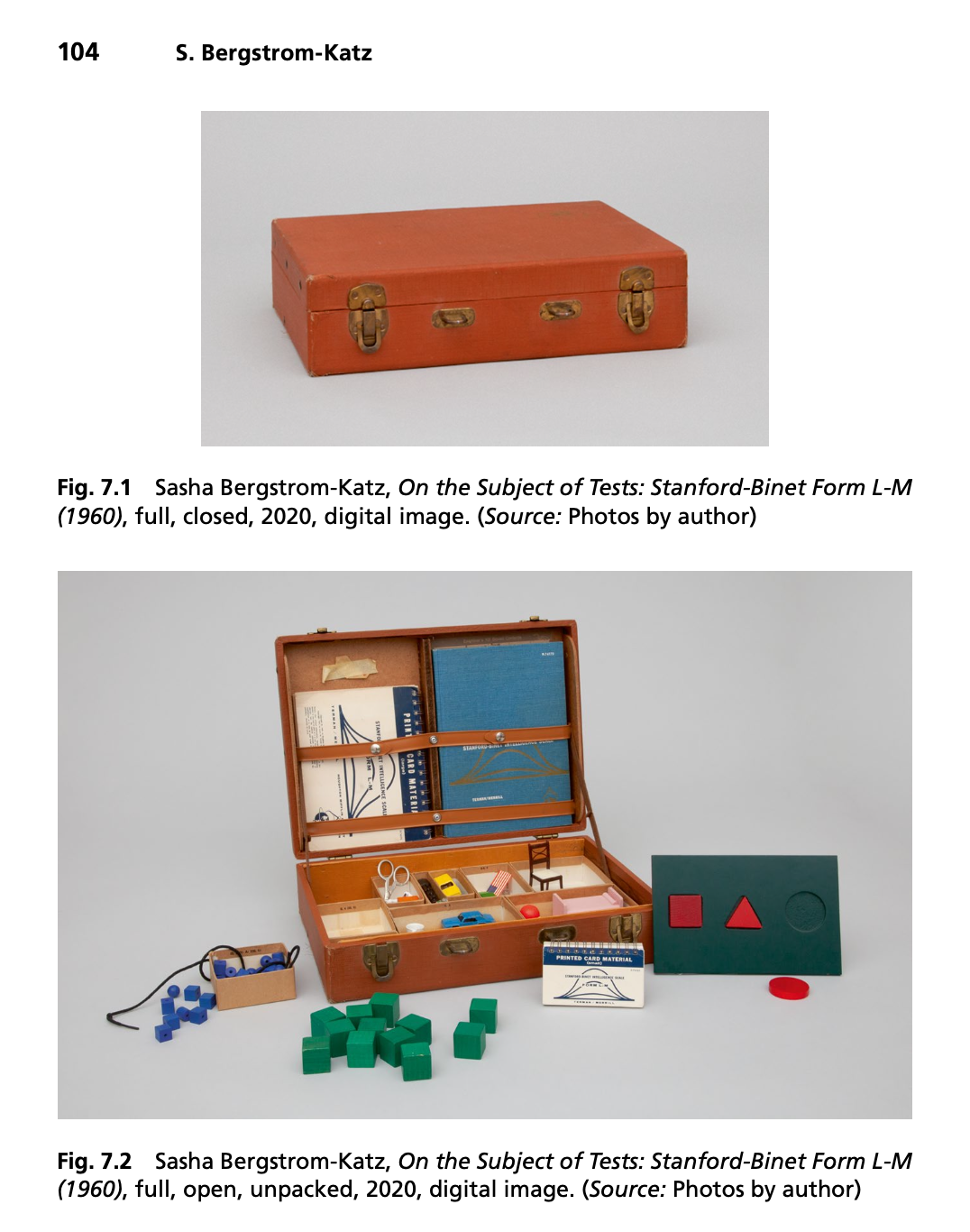

Performing Science and Medicine, Guest teaching with Michele Luchetti at Bard College Berlin

Suitable for multi-disciplinary artists and humanities students alike, this course addresses the relationship between science, medicine, and society through a discussion of critical texts and creative activities inspired by art, performance, and theater. It uses works of theater and contemporary art alongside critical texts from the history, philosophy, and sociology of science and medicine to develop a conversation about the ways in which performances of science in the laboratory, the clinic and in the public sphere communicate key concepts and practices. These include ideas of objectivity, rationality, trust, power, as well as modes of faith and healing. The increasing complexity of science and its interactions with the social realm call for an expansion of traditional humanistic methodologies to encompass approaches that foster personal engagement, curiosity, creativity, and active criticism. For this reason, the course integrates seminar-style discussions of core historical, philosophical, and sociological topics on science and society with practical sessions that rely on arts-based activities to stimulate a creative first-person engagement with these topics. Further, it contributes to a timely study of the relationship between art and science. The overarching goal of the course is twofold. On the one hand, it aims at providing participants with key skills to critically engage and discuss issues related to science and society; on the other hand, it exposes them to a vast array of arts-based activities through writing, performance and art-making workshops during which they can act on their critical engagement and exercise a number of skills that are widely transferable within and outside of academia and art. Divided into three sections: Performing Experiments, Performing Medicine, and Public Performances, the course aims at a new understanding of the relation between science and medicine.
See more...
The Material Force of Categories (Special Issue), Co-edited with Tomas Percival, History of the Human Sciences

The function of categories of the human sciences is a well-established field of scholarly inquiry, animated by debates over their capacity to reduce, exclude, determine, abstract, produce, loop, control, and/or restrain. This special issue takes an interdisciplinary perspective to investigate urgent questions about the ‘material force’ of categories as they operate in practice. Specifically, we emphasise the plasticity of categories and how their ambivalent boundaries can render their categorical forcefulness continuously operative. Categories morph and shift as they traverse different fields, re-articulating difference as they interact with divergent institutions and epistemic infrastructures. The five interdisciplinary articles in this issue explore the material force of categories across varied contexts, including the prison system, digital culture, legal frameworks, psychiatric diagnostics, and applied governmental research. In so doing, the special issue as a whole emphasises the capacious yet persistent nature of categorisation, revealing how, in multiple ways, categories can stabilise the management of people precisely through their inherent structures of contingency and ambivalence.
See more...
On the Subject of Tests: Performing with Objects, Salon Talk, Institute for Medical & Health Humanities and Artistic Research (IMHAR)
On the Subject of Tests is a multi-part project which recasts two twentieth-century intelligence tests, the Wechsler and Stanford-Binet Intelligence Scales, in a series of roles. It re-envisions the intelligence test kit as, in turn, an auto-archive, a rhetorical vessel, and a performance in a box. The project’s subsection, entitled Performing with Objects, uses artistic methods to reframe the test kits and their contents as props, highlighting both the materiality of the kits themselves, which are composed of toys, games, puzzles and booklets, and how these objects play a part in the performance of testing.
See more...
2024
Art as Mental Imaging Drawing Research Forum 2023/24 Sessions – Part 2, Drawing Room, London

Artworks, particularly drawings and paintings on paper, have a curious relationship with the field of psychology. This presentation focuses on the ways in which artworks have historically been used as objects of psychology and how they have been figured as 'ripe for interpretation' within the field. I am most interested in how the interpretation of drawings and paintings has been utilised in a multitude of attempts to concretely register psychological processes and states. ‘Art as a Mental Imaging’ pulls together three case studies from art therapy, psychoanalysis and mental testing to critically examine the ways in which drawings and paintings are registered and understood as medical and psychological images.
2023
Psychotechne: Assessment, Testing, Categorisation, with Tomas Percival, Peltz Gallery, London
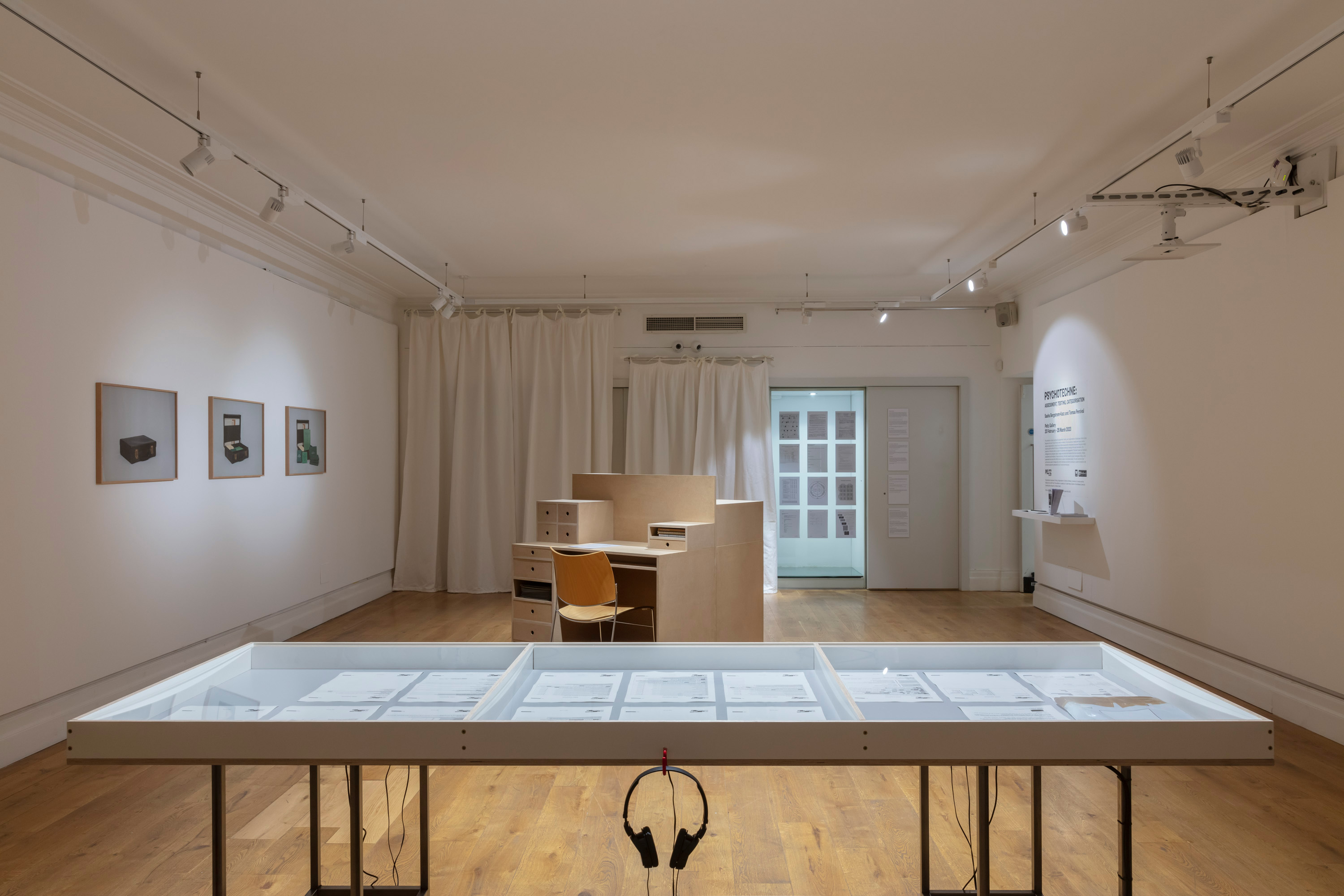
Psychotechne is a two-person exhibition of works by Sasha Bergstrom-Katz and Tomas Percival. The artistic research-based projects on view examine how individuals are assessed through tests, forms, and databases that utilise psychometric technologies. A variety of institutions—including educational, medical, and legal systems—utilise such assessments to inform decisions about the people they manage and use these techniques to categorise and move individuals. For example, the outcomes of tests can transfer children into different classrooms based on test-taking abilities; assessments are used to issue diagnoses which have the power to change how people are viewed and how they view themselves; and behavioural and mental health screenings are used to assign categories of “risk” within carceral and penal systems. The two artworks in this exhibition focus on particular case studies to explore how assessment, categorisation, and testing play an active role within institutional decision-making structures.



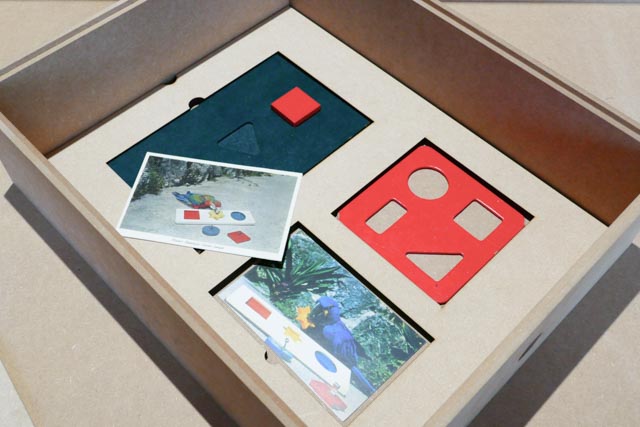
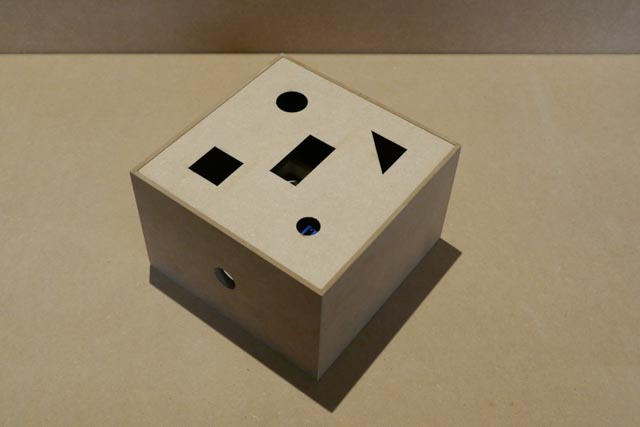


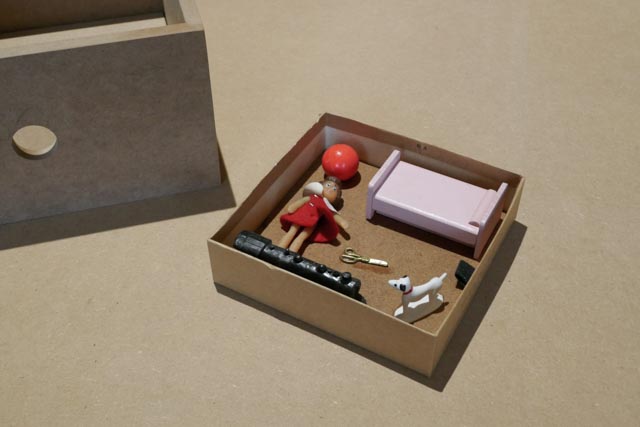

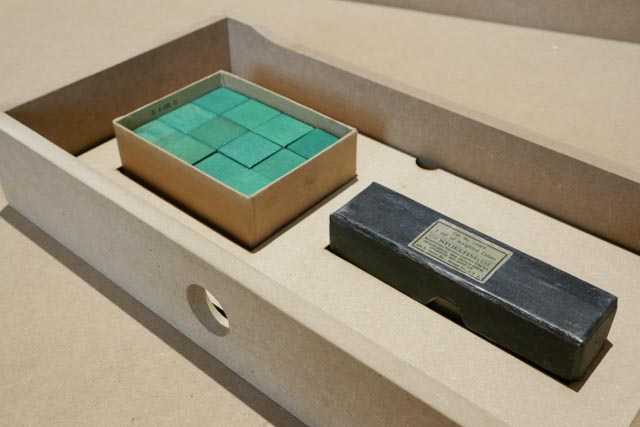

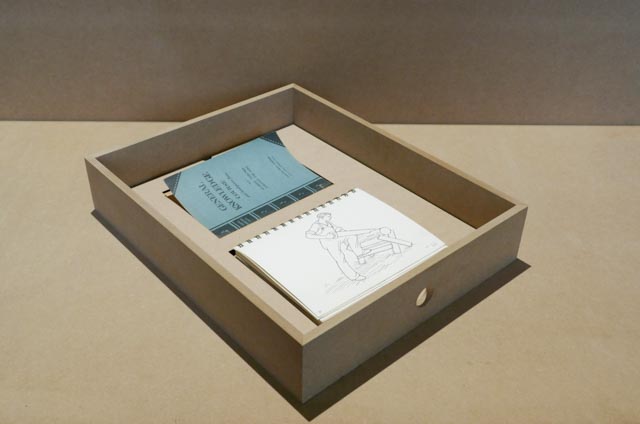
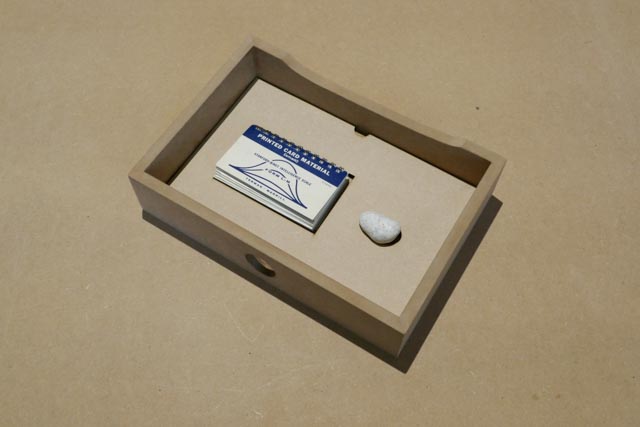





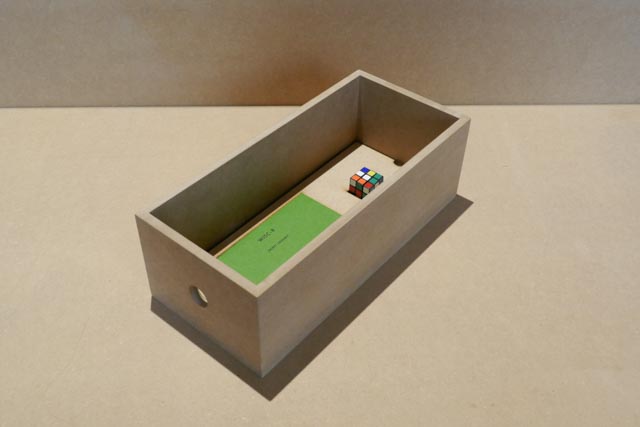



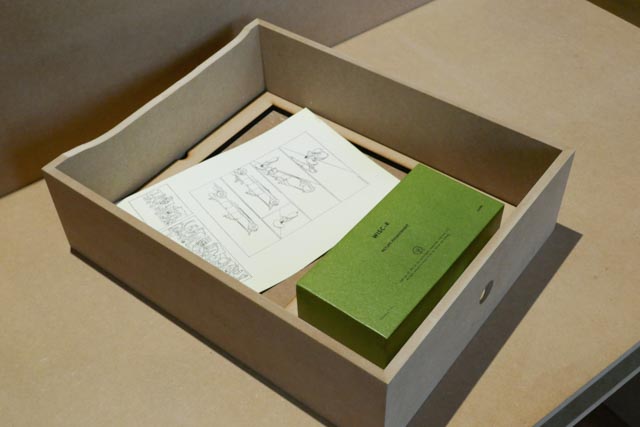
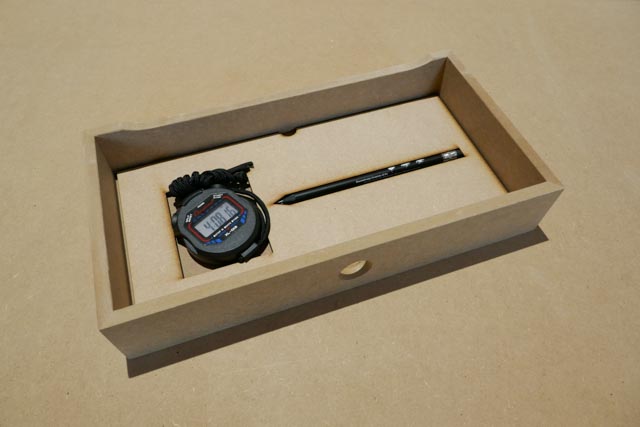
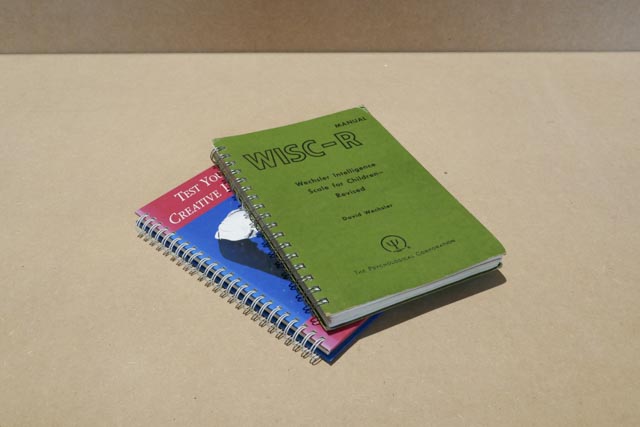
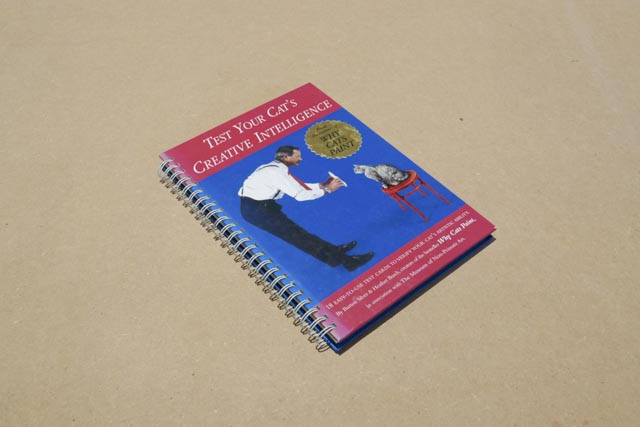

Left: Stanford-Binet Intelligence Scales, Form L-M (1973), Right: Wechsler Intelligence Scale for Children – Revised (1974)
See more here >>
The Material Force of Categories, with Tomas Percival, Birkbeck, London

This symposium, organised in parallel to the Psychotechne exhibition, examined how assessment and categorisation can play an active role in decision-making structures. The event explored how socio-technical systems produce categorisations—particularly categorisations of intelligence, risk, and the subject—in ways that can then be operationalised within broader institutional and epistemic frameworks. The symposium was interested in how such categories are produced through a range of psychosocial, statistical, and technical modes of assessment, including psychometric and psychological testing, risk assessment tools, and machine learning.
Speakers included Ramon Amaro, Margarita Aragon, Anthony Faramelli, Eoin Fullam, Becka Hudson, Simon Jarrett, and Ageliki Lefkaditou.
2022
On the Subject of Tests: Performing with Objects, Forecast, Berlin

On the Subject of Tests: Performing with Objects understand intelligence test kits as ‘readymade performances’. Therein, the test kits at once dictate the rules of a performace (via the manual), provide the most necessary and crucial props (the subtests), and are packaged up, ready to be carried from place to place. All that is necessary to perform the test now is a competent performer (the examiner).
>> See more about On the Subject of Tests: Performing with Objects here
On the Subject of Tests: Opening Boxes

In the video project, On the Subject of Tests: Opening Boxes, Bergstrom-Katz expands the research on the test-as-archive by collaborating with artists to, together, unbox a collection of historical test kits and discuss them in relation to the history of testing, the tests’ designs and the tests’ affective meanings.
Artists:
Lamia Abukhadra, Yin Yin Wong, Alvaro Urgate, Yannick Nuss and Andrea Karch
Cinematography, lighting and sound: Hamid Soleymani
Special Thanks: Hicham Khalidi, Jan Van Eyck Academie
Art & Psychotherapy Workshop co-organised with Dr Suzanne Hudson and Dr Sarah Marks, Birkbeck, University of London

This workshop focuses on the relationship between art and art therapy, examining the roles of artist, service-user artist, amateur artist, outsider artist and non-artist. Though the question ‘what is art’ is rote, the utilisation of art as therapeutic endeavour, championed by therapeutic communities and supported by institutions, tugs at the boundaries of meaning of art via its maker and the maker’s ‘location’. Though many so-called outsider artists are not service users or, more specifically, art therapy patients, their positioning as both artists and not-artists gives a pertinent example of the slipperiness of the category of artist – someone on the ‘inside’ of an ‘art world’ and yet in close proximity to ‘insanity’ and outsider-ness. This interdisciplinary workshop brings together scholars from arts-based practice, art history, history of the human sciences, and psychosocial studies to reflect collectively on the following research questions:
2021
All I Needed Was Imagination (BS-Projects Fellows Exhibition), Hochschule für Bildende Künste Braunschweig, Germany
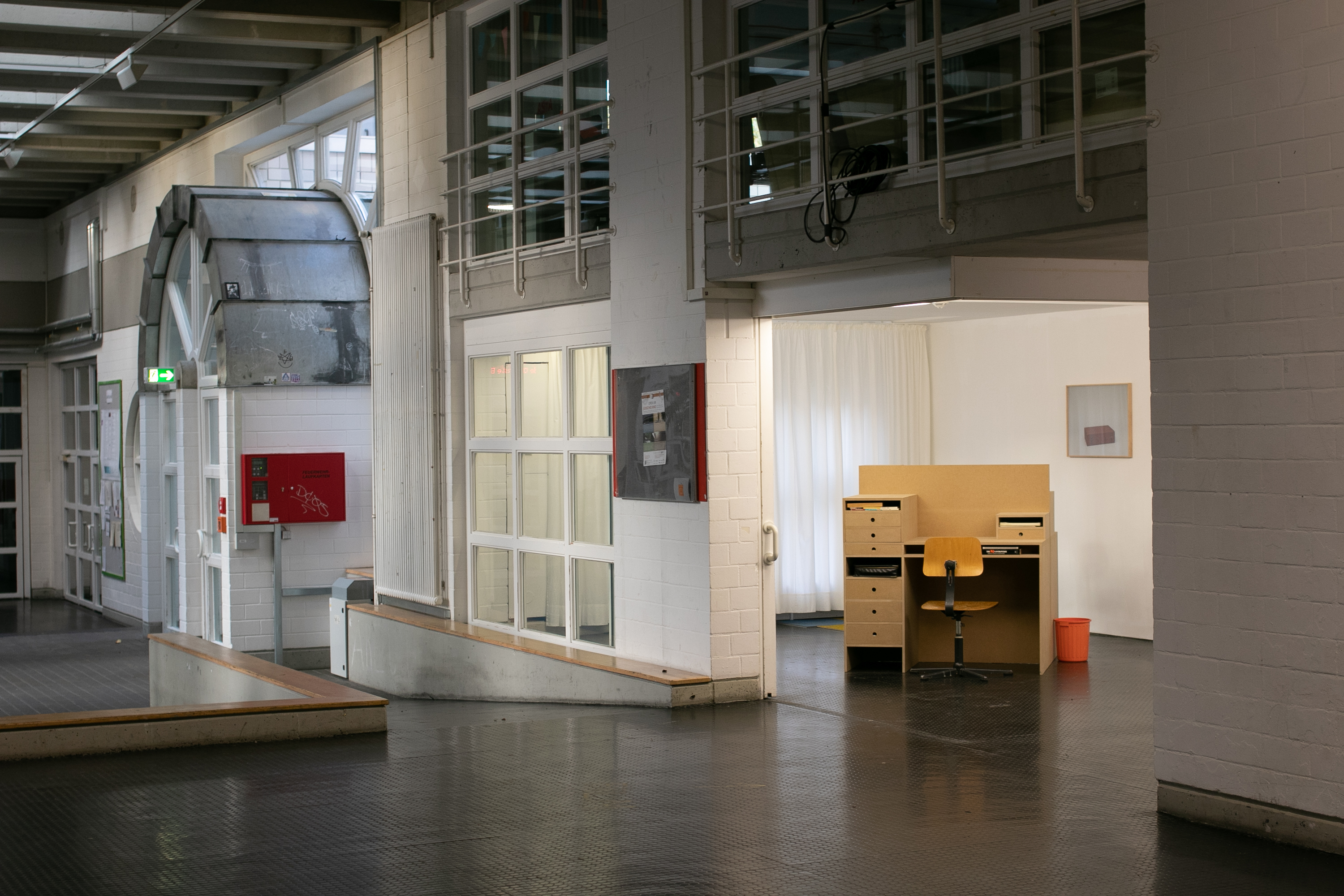

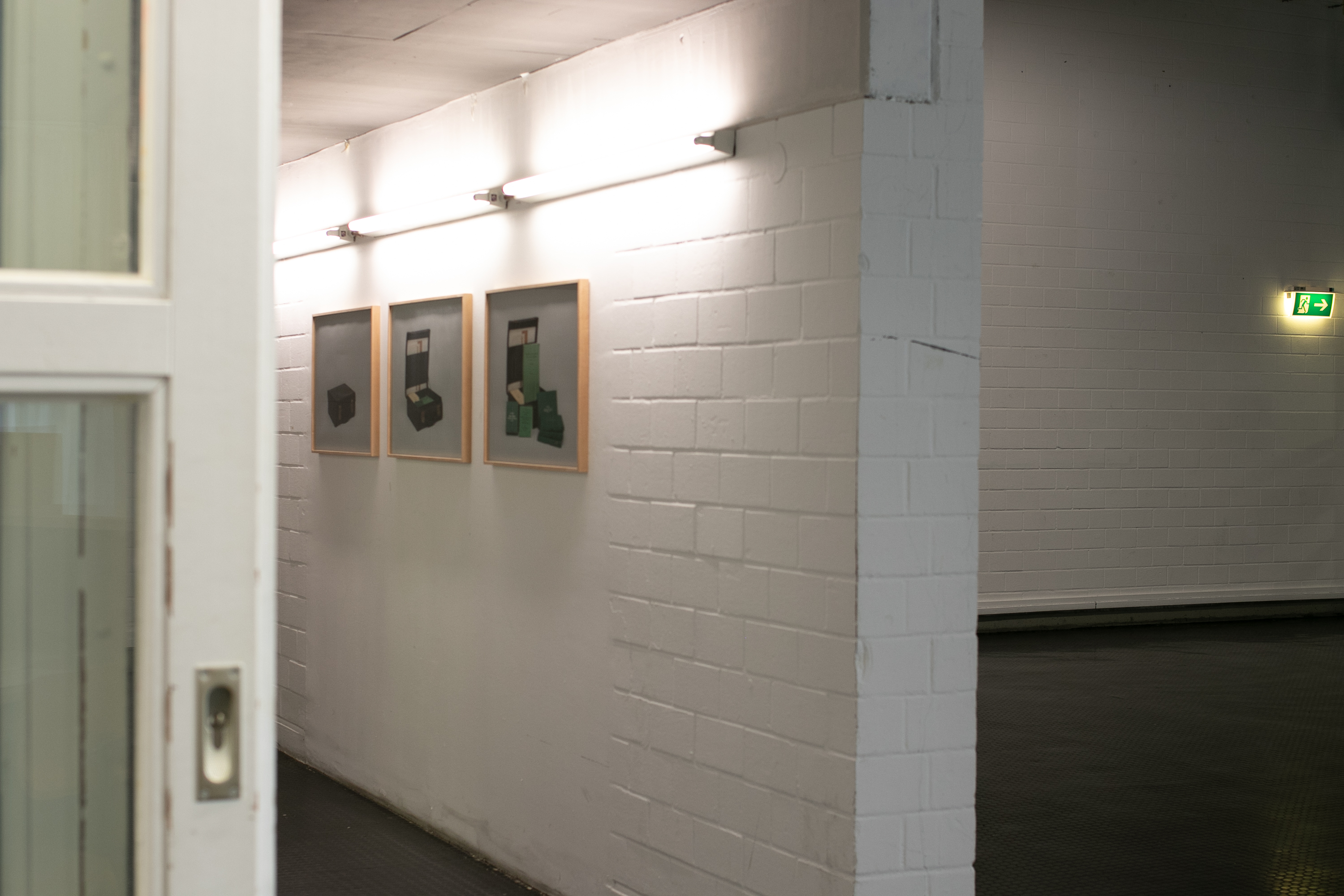

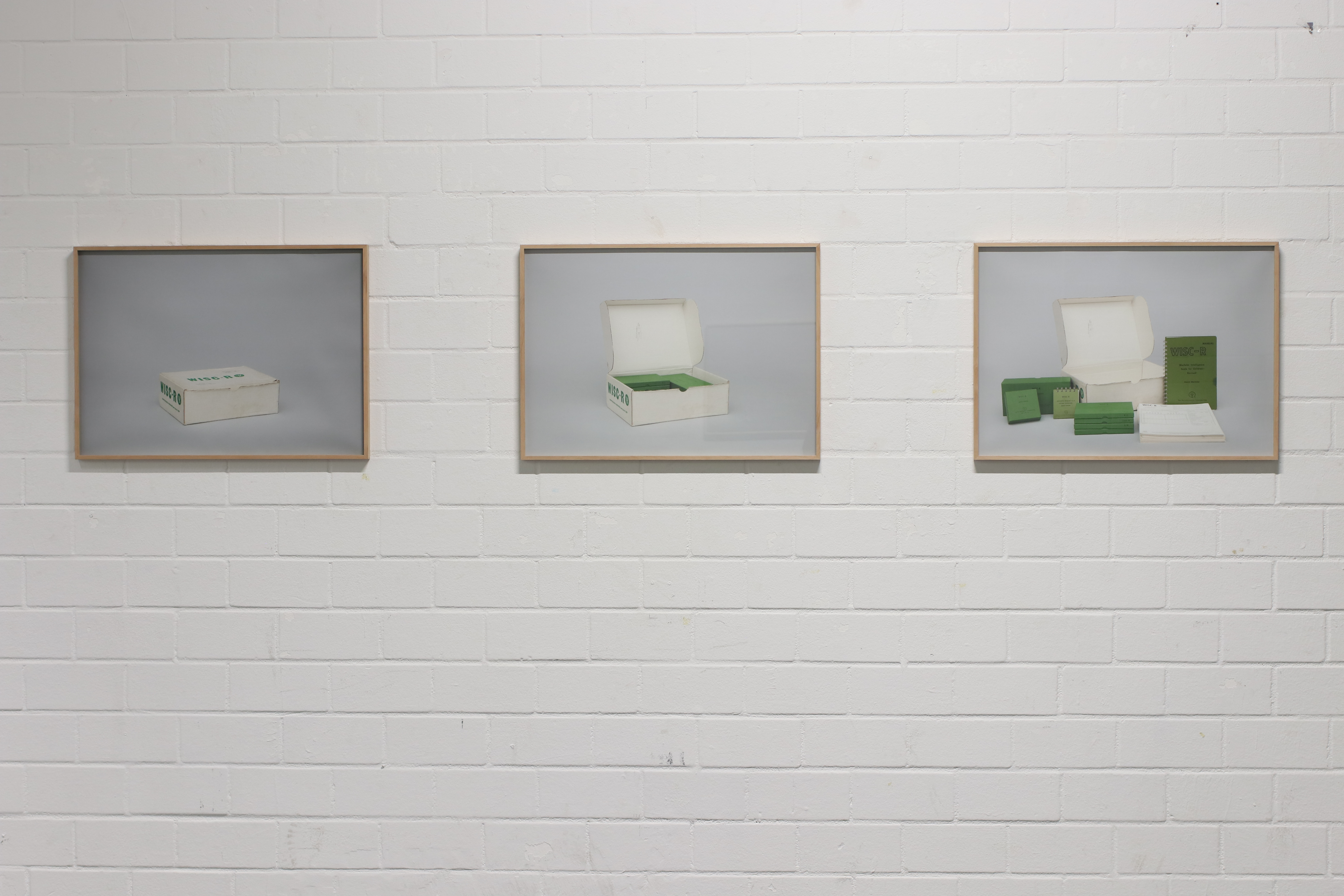
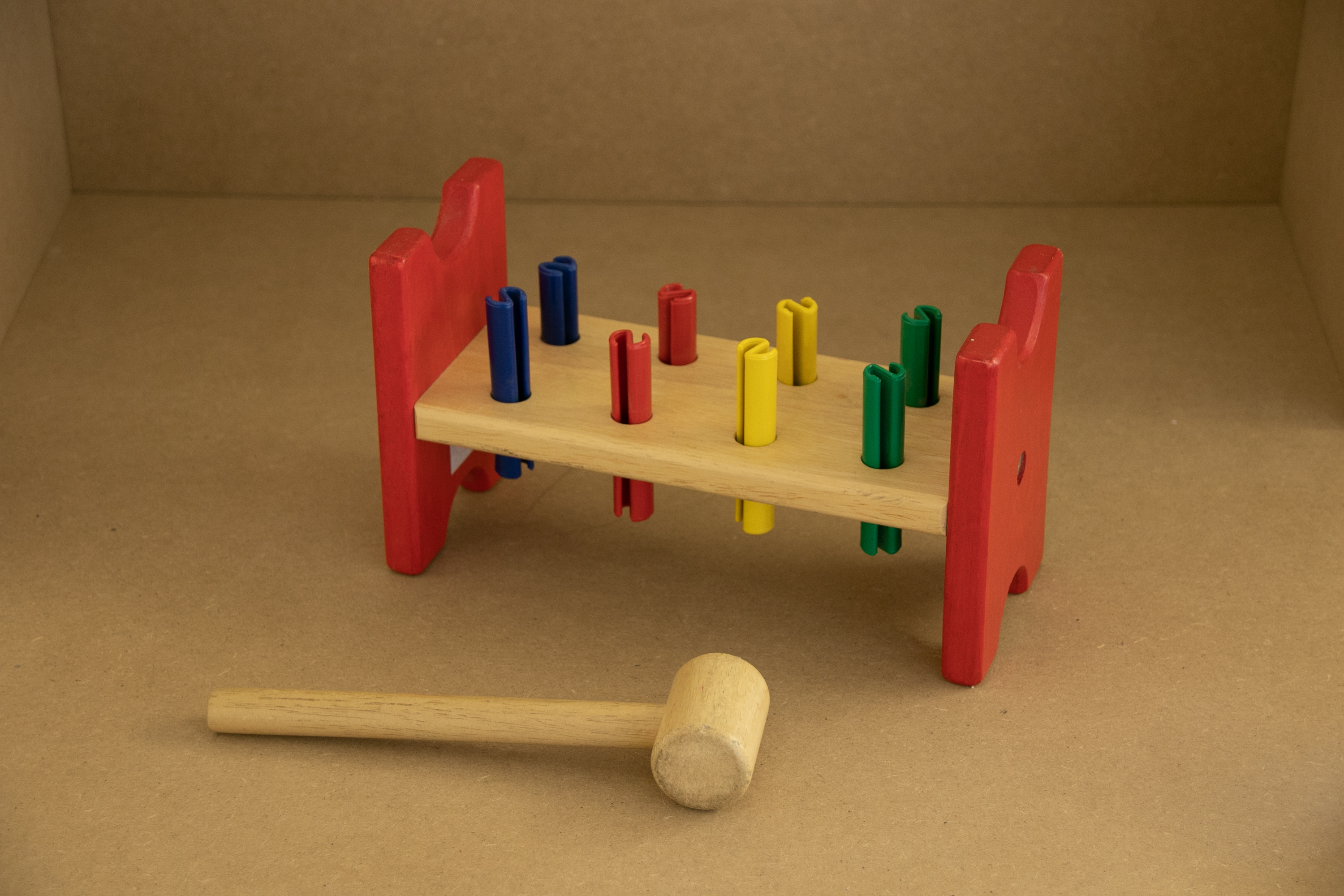
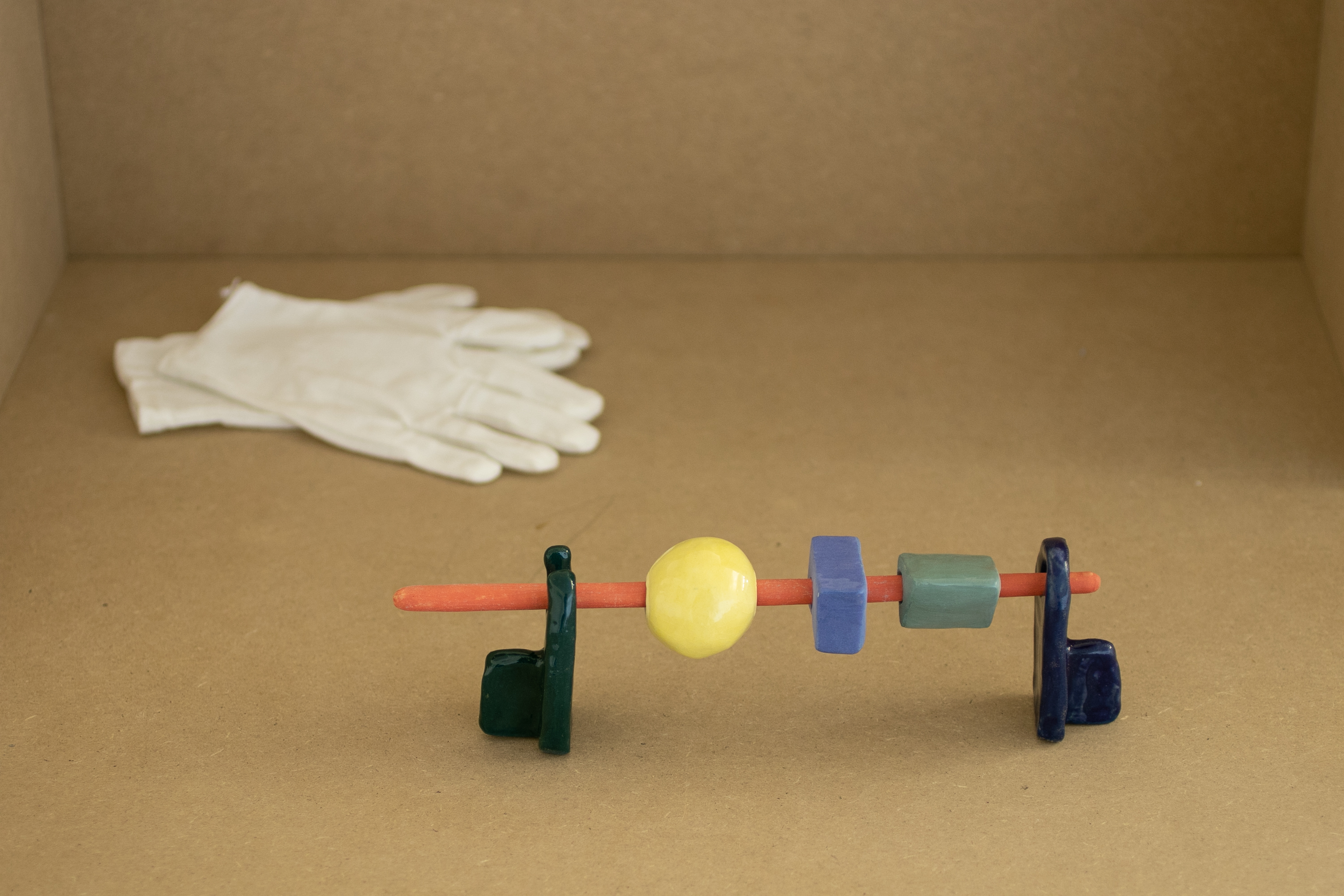
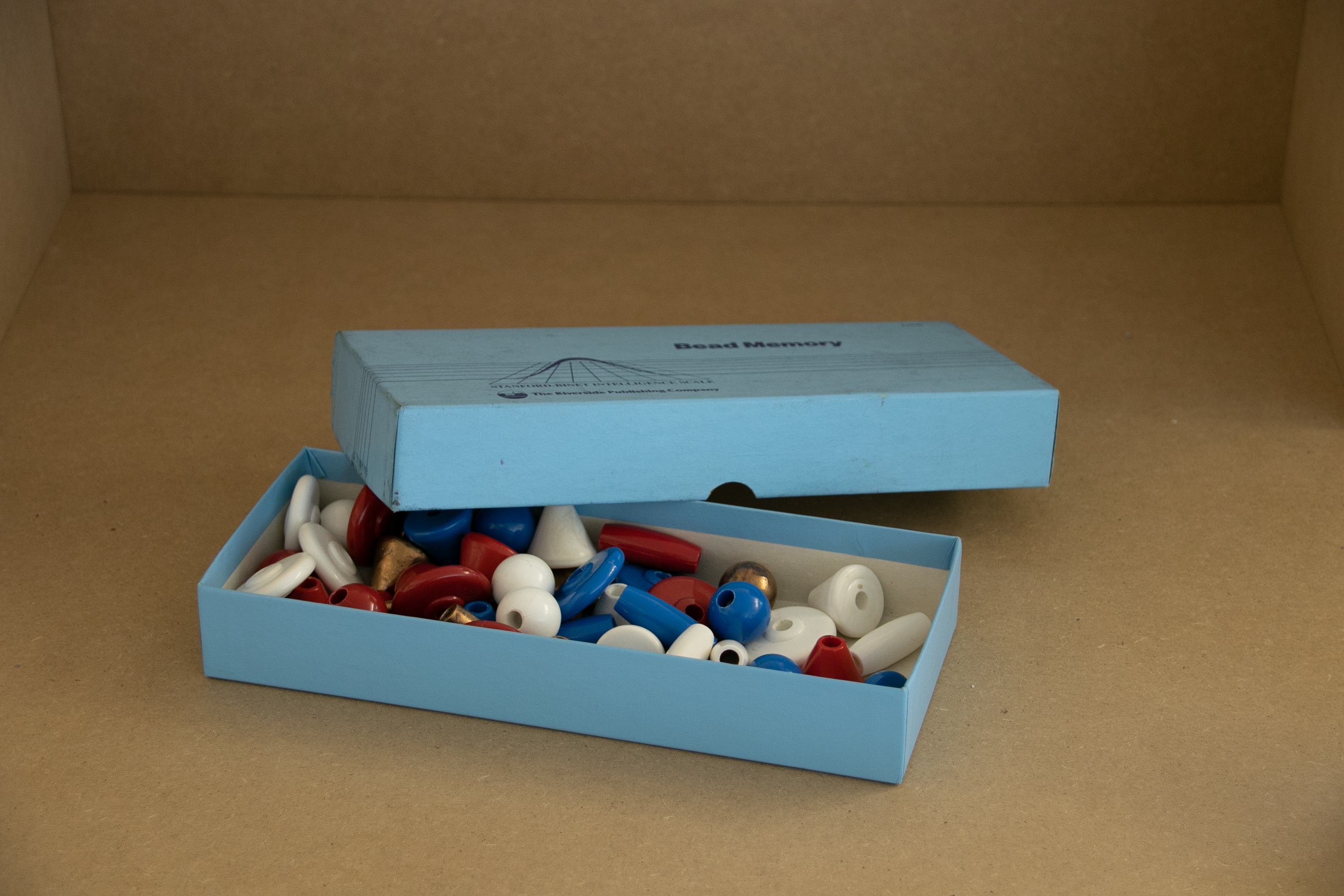
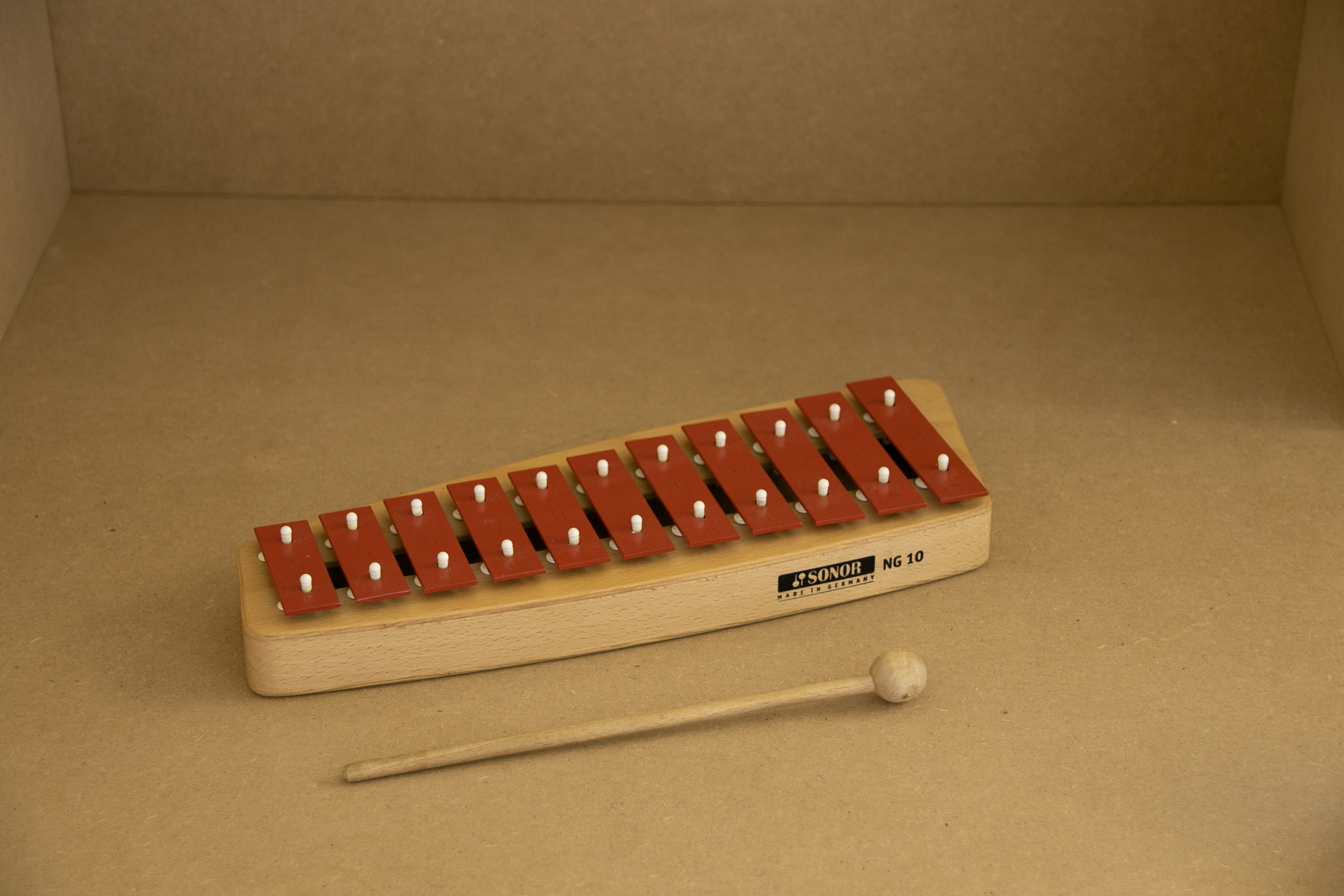
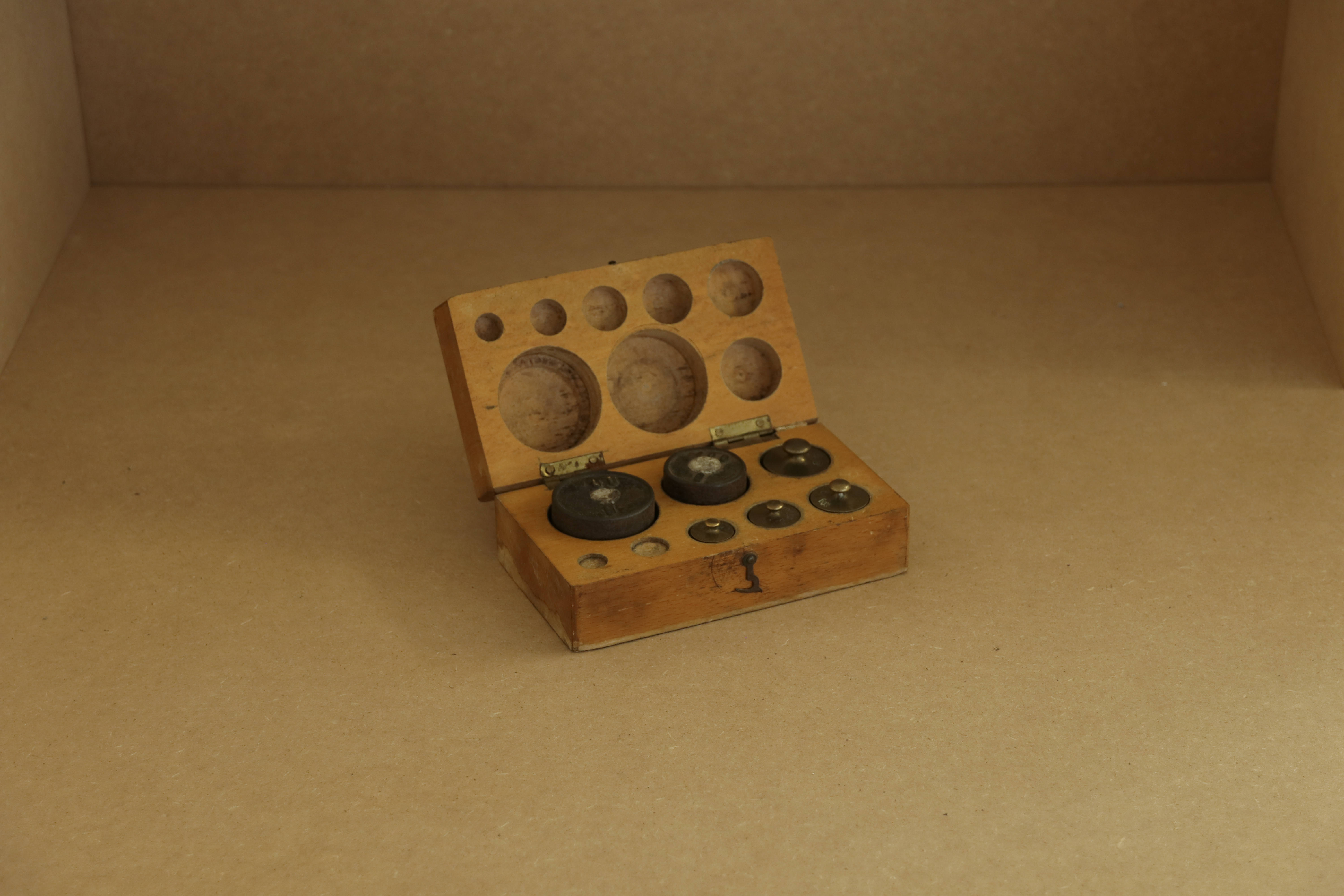

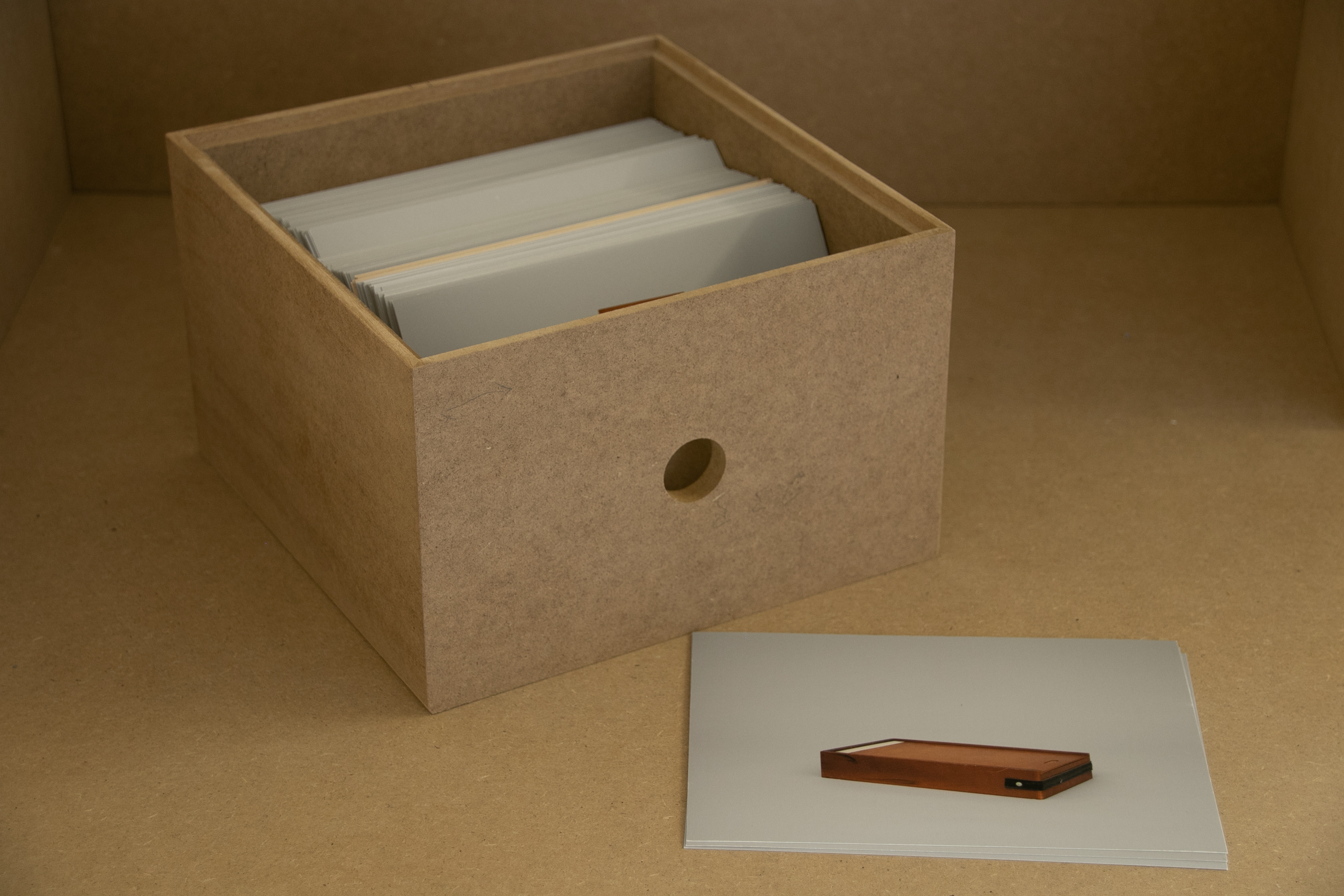
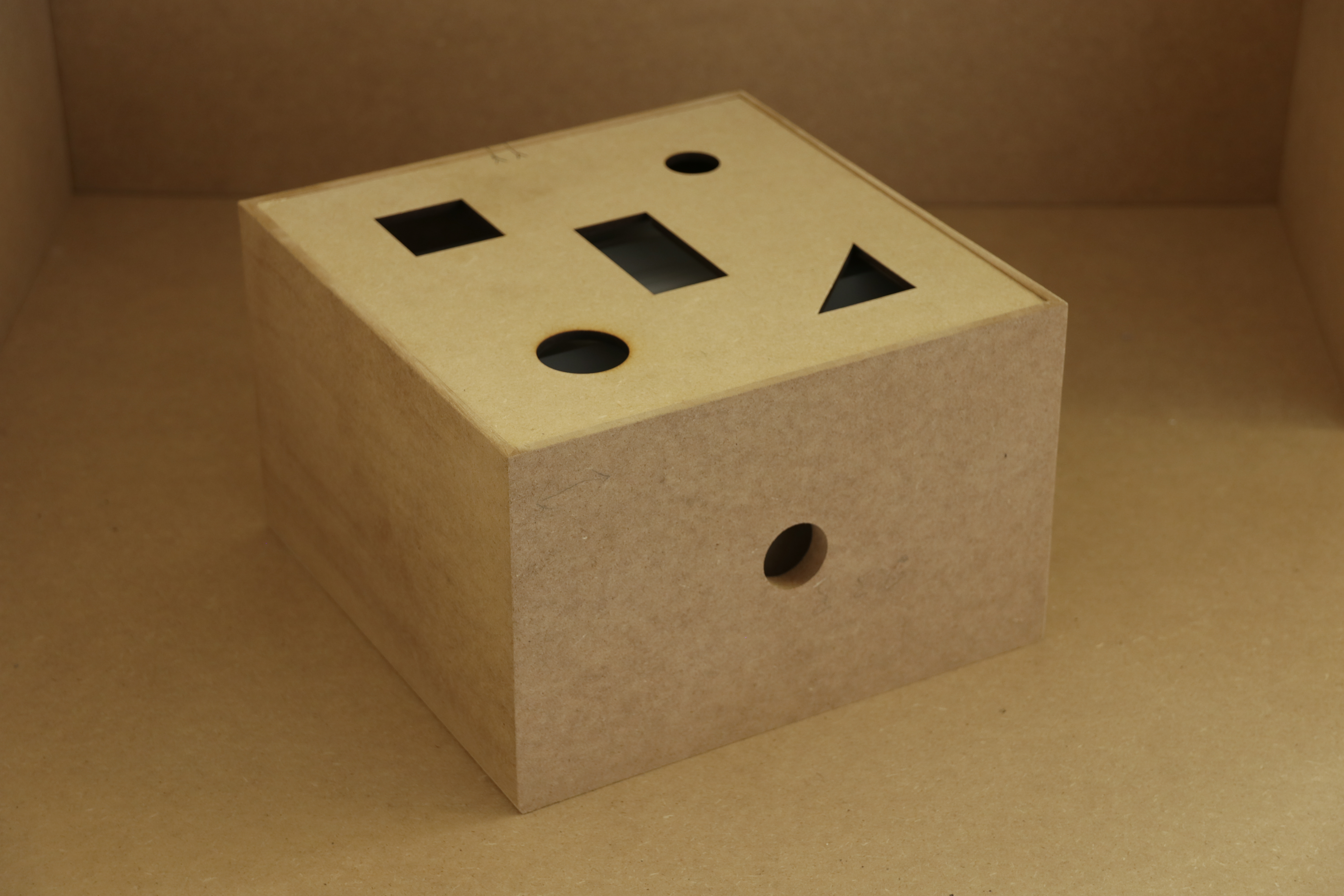
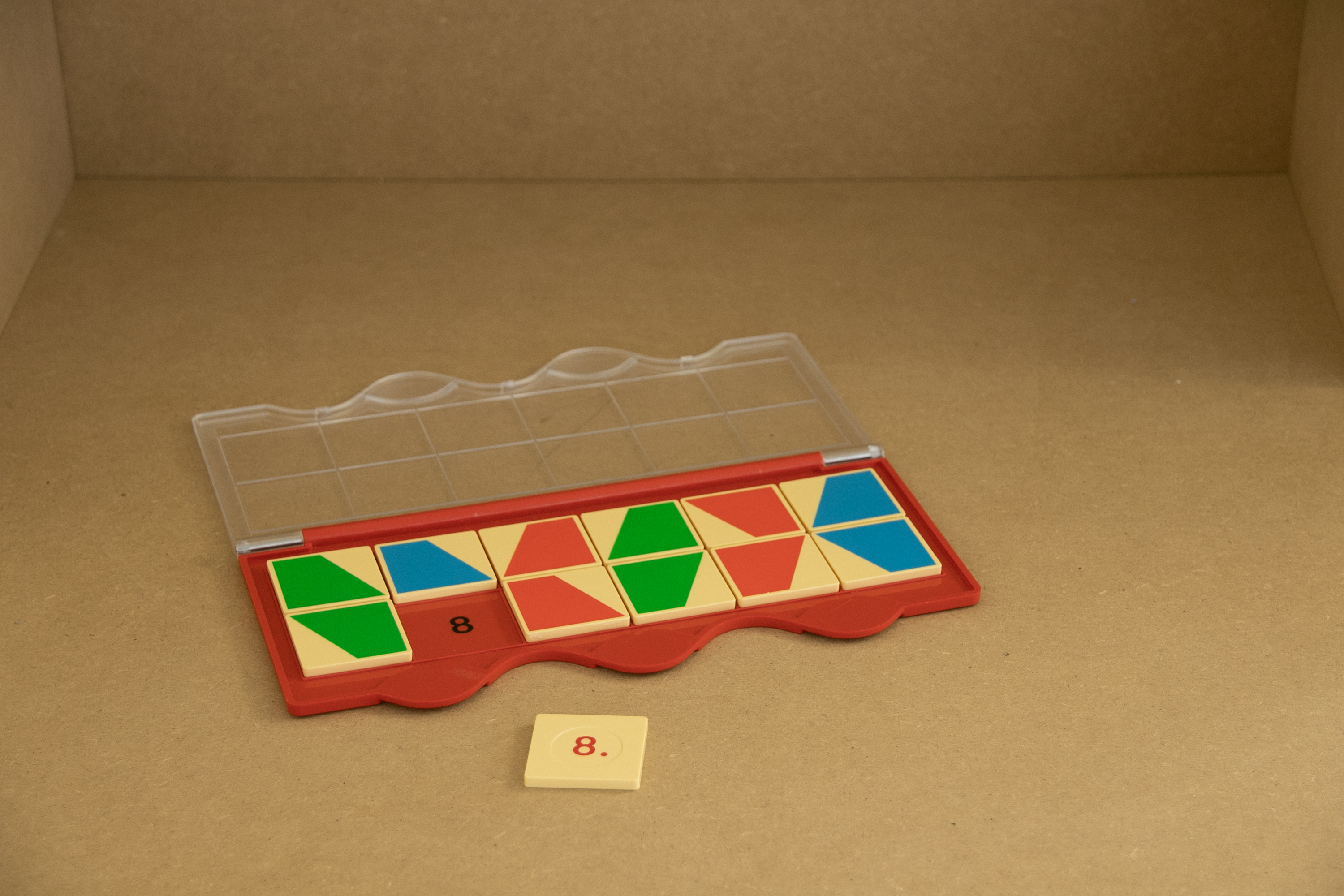

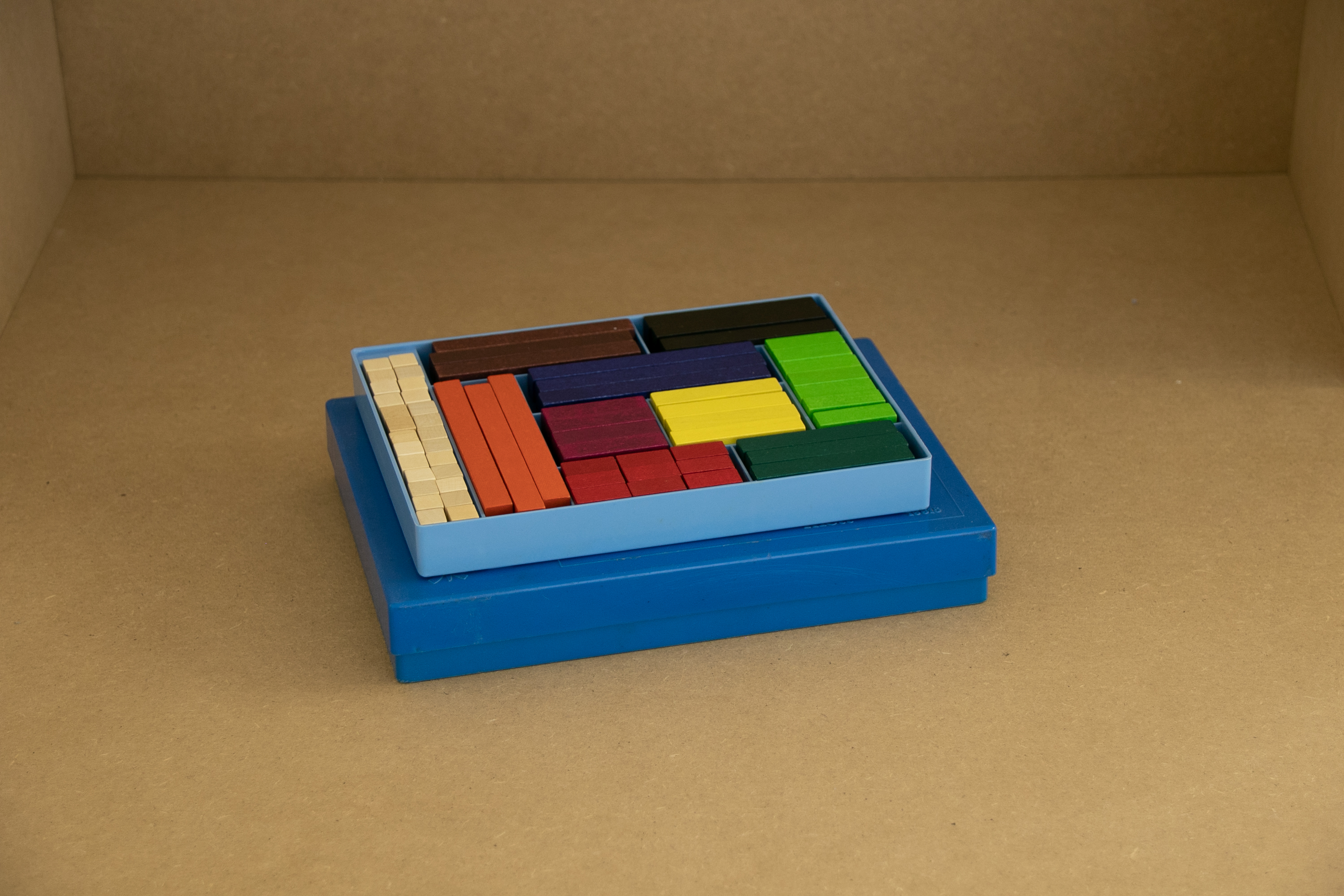
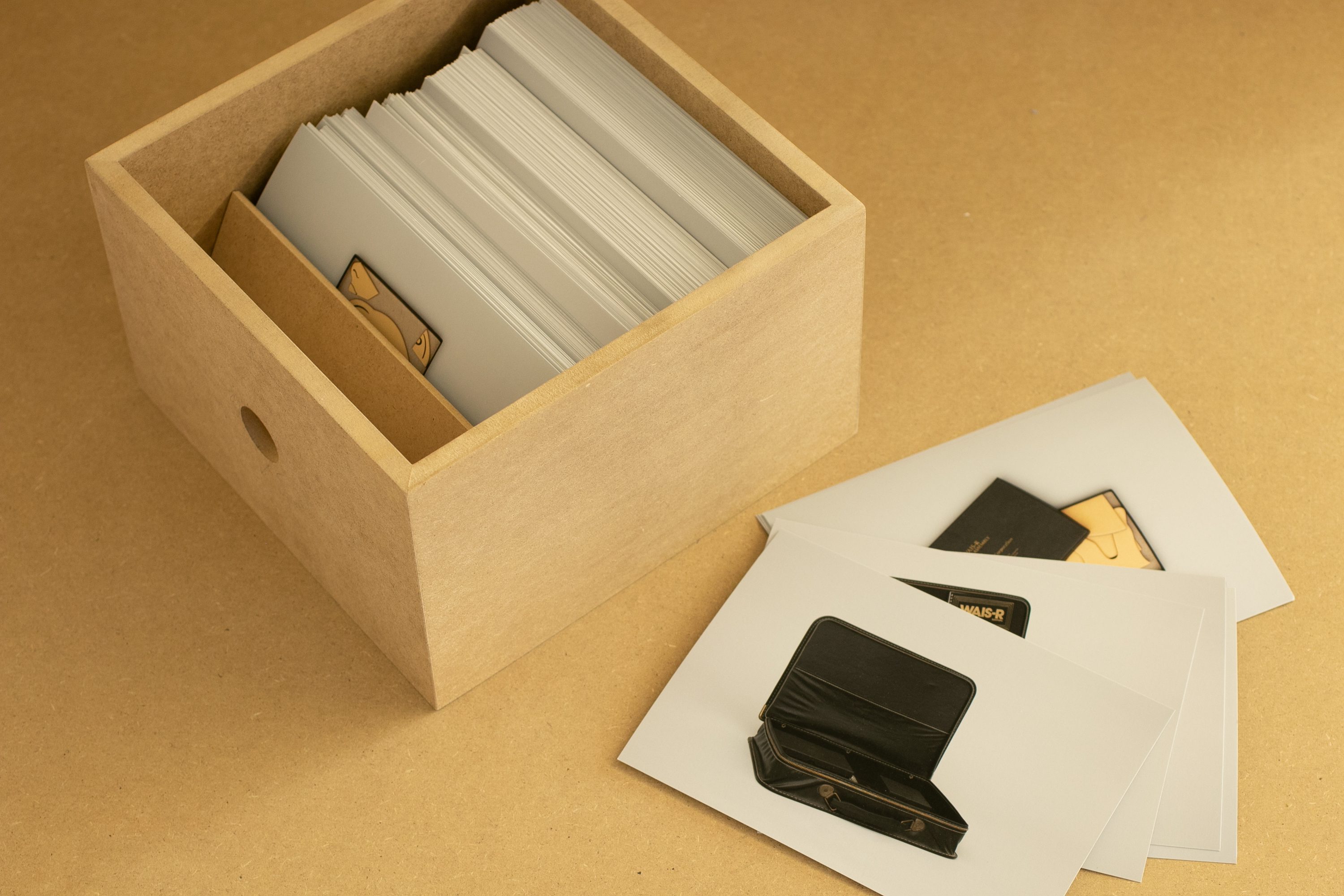
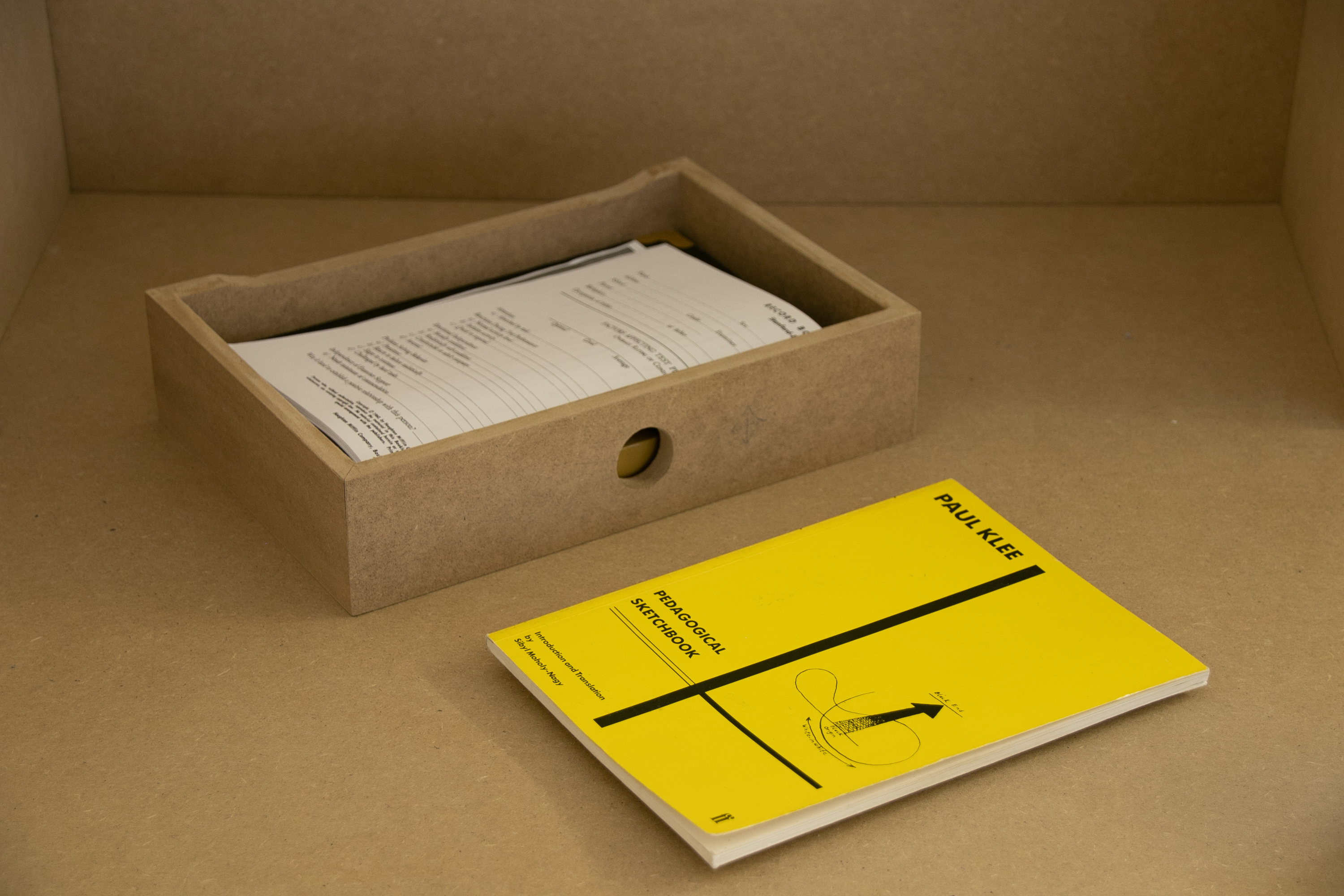

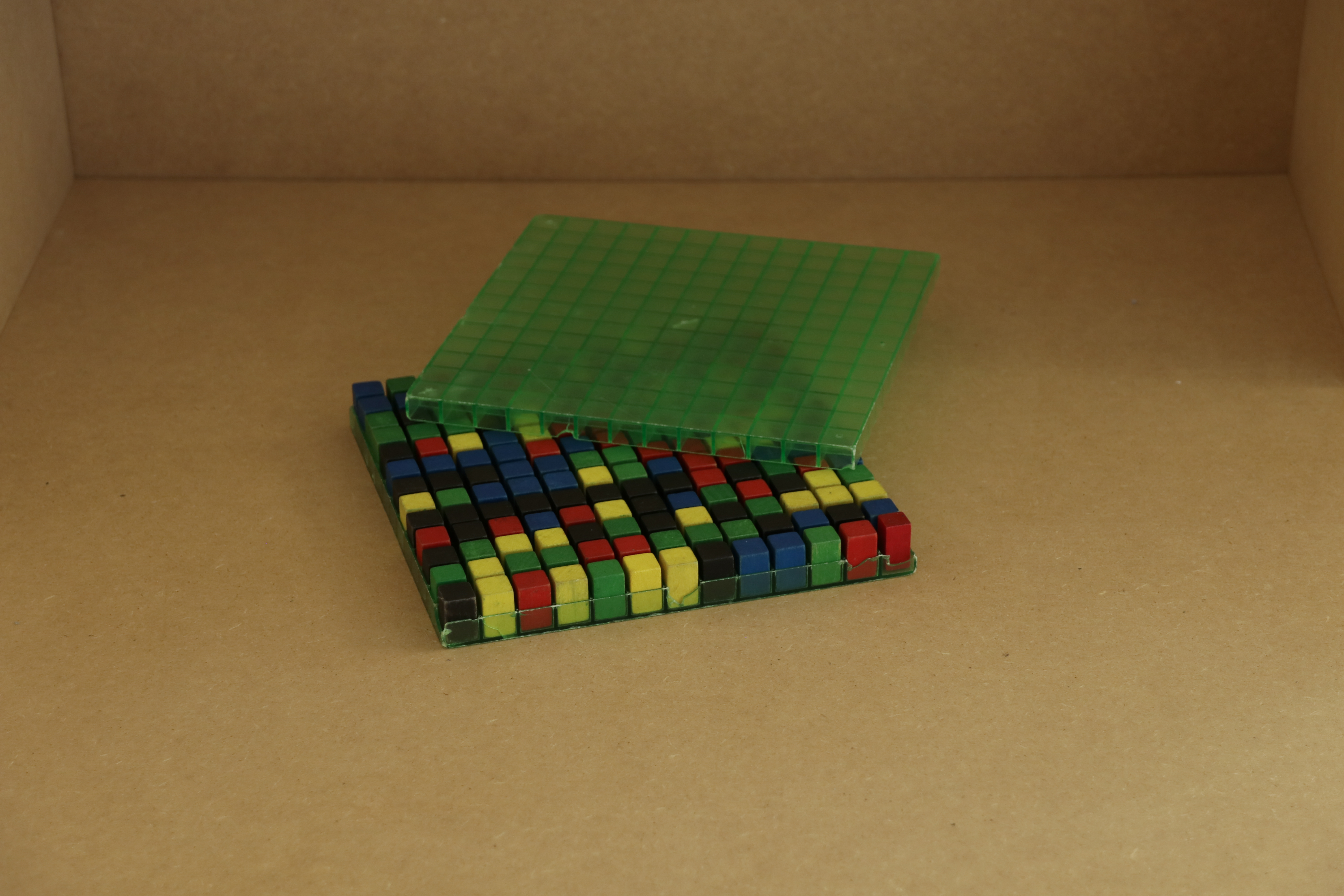

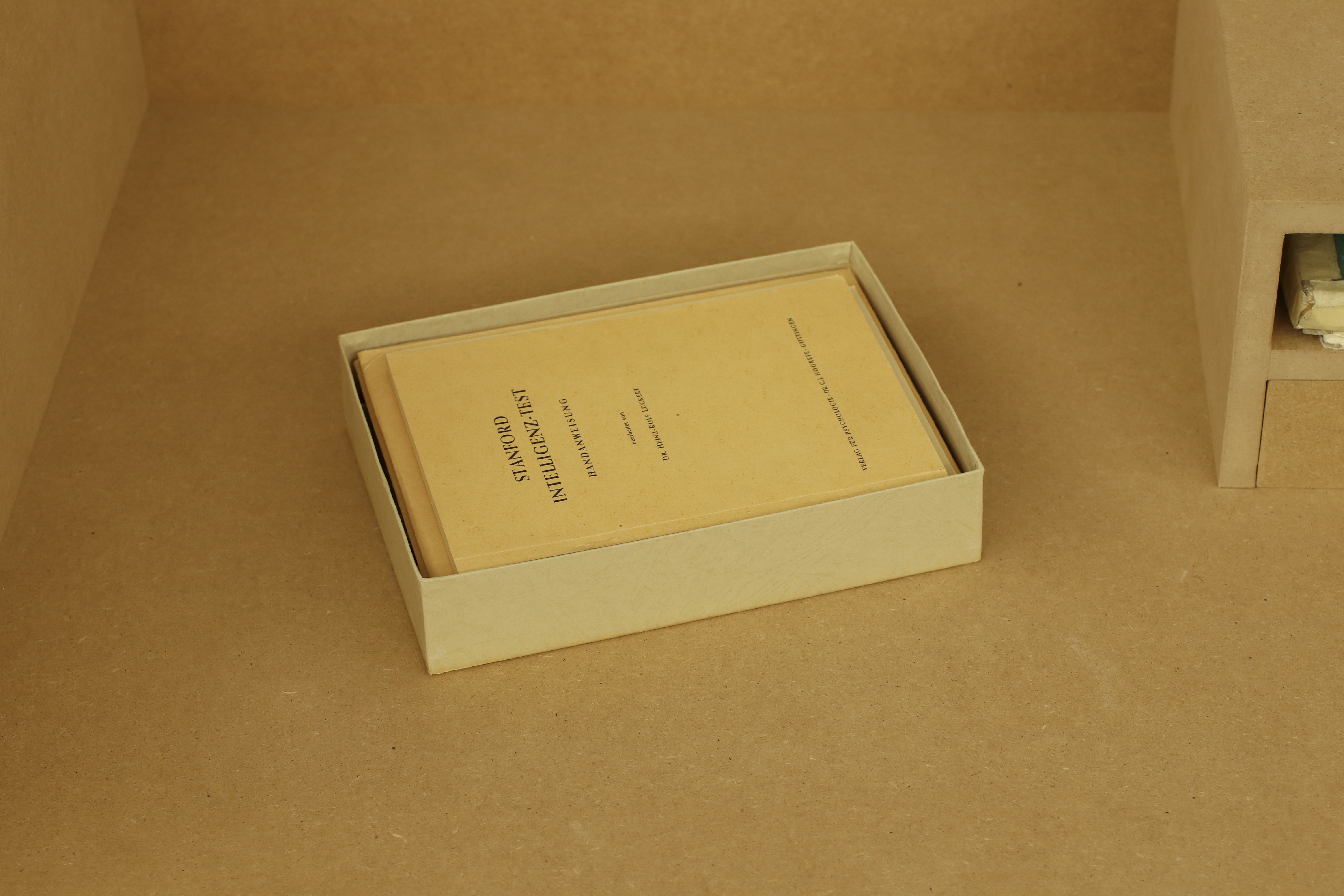

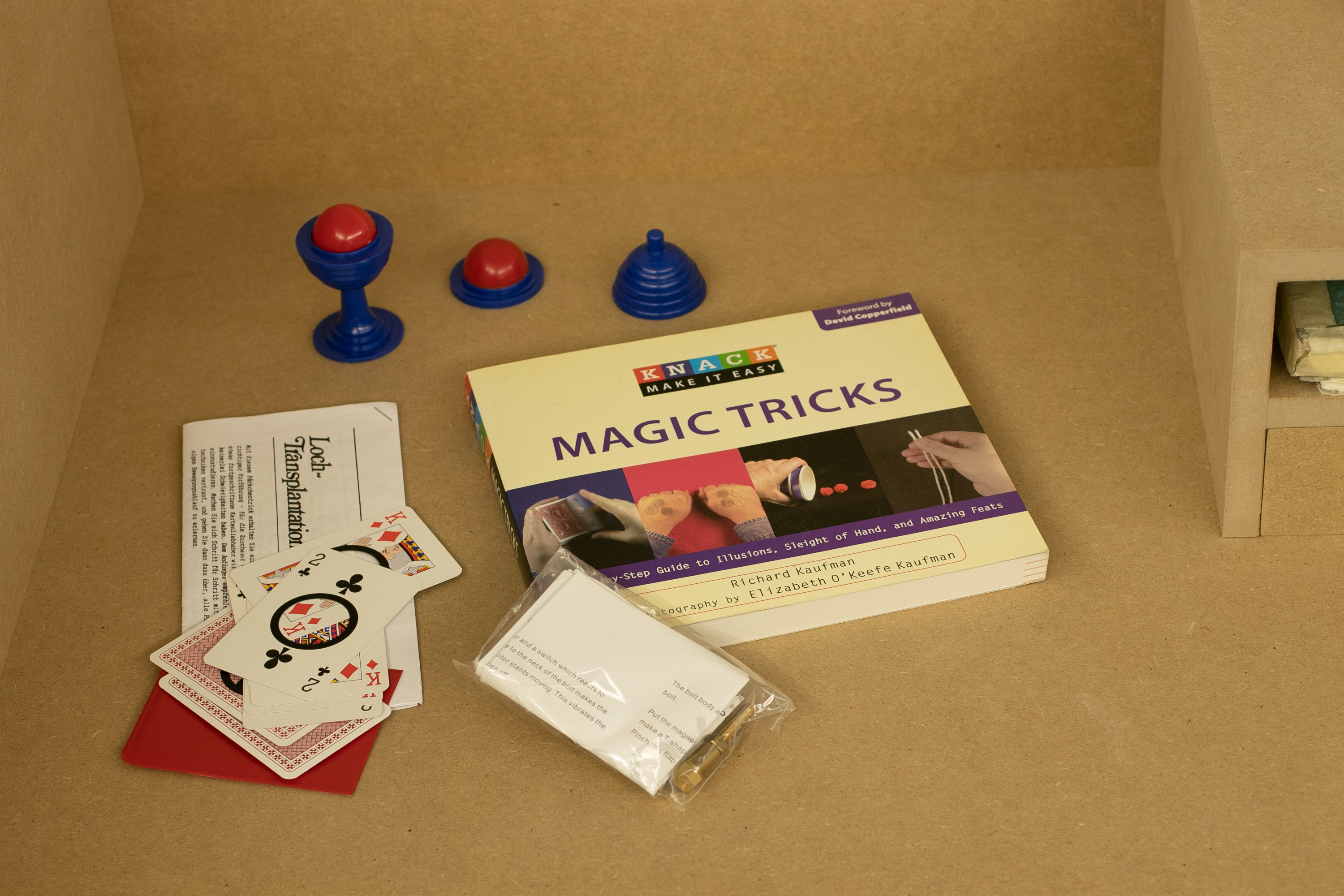
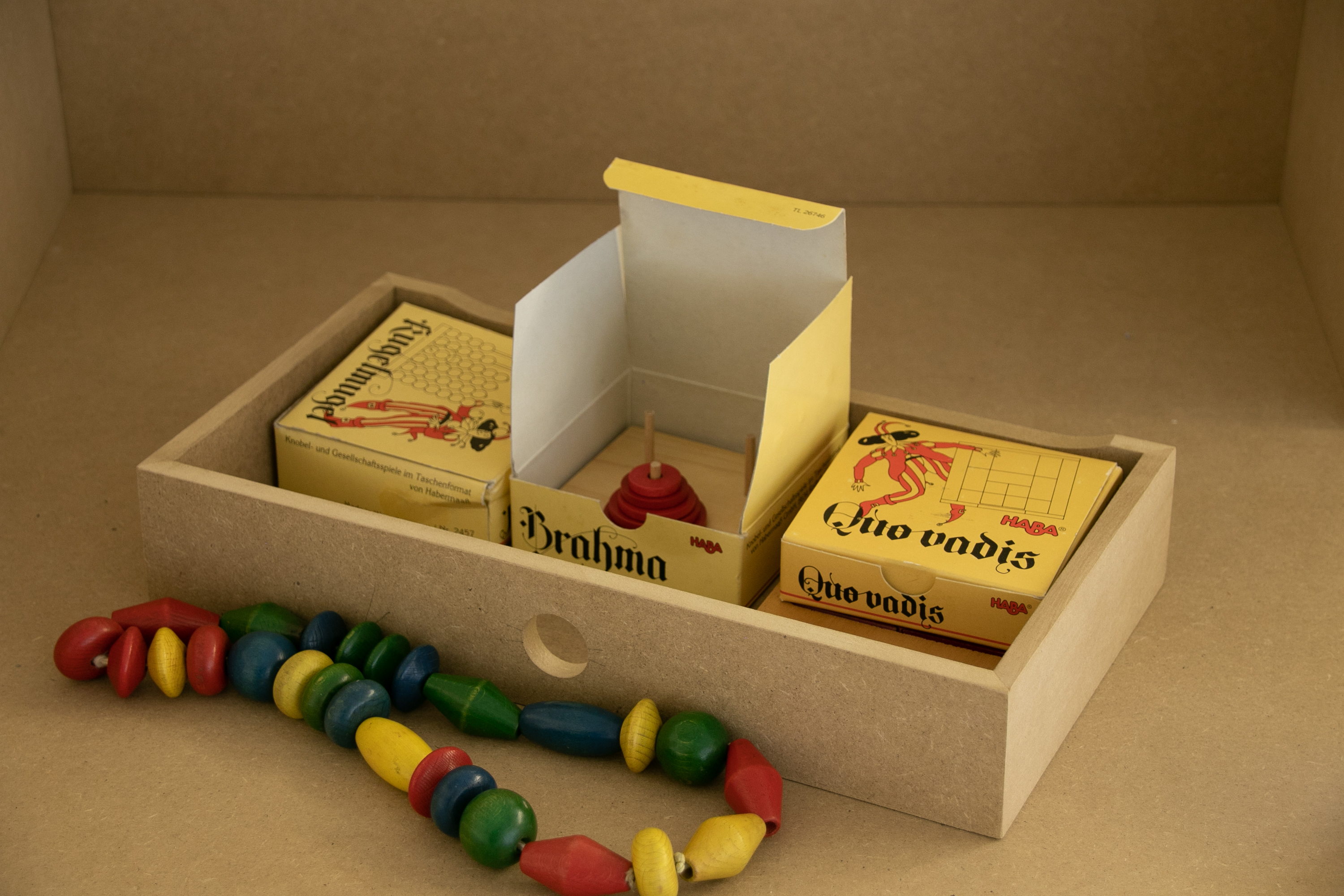
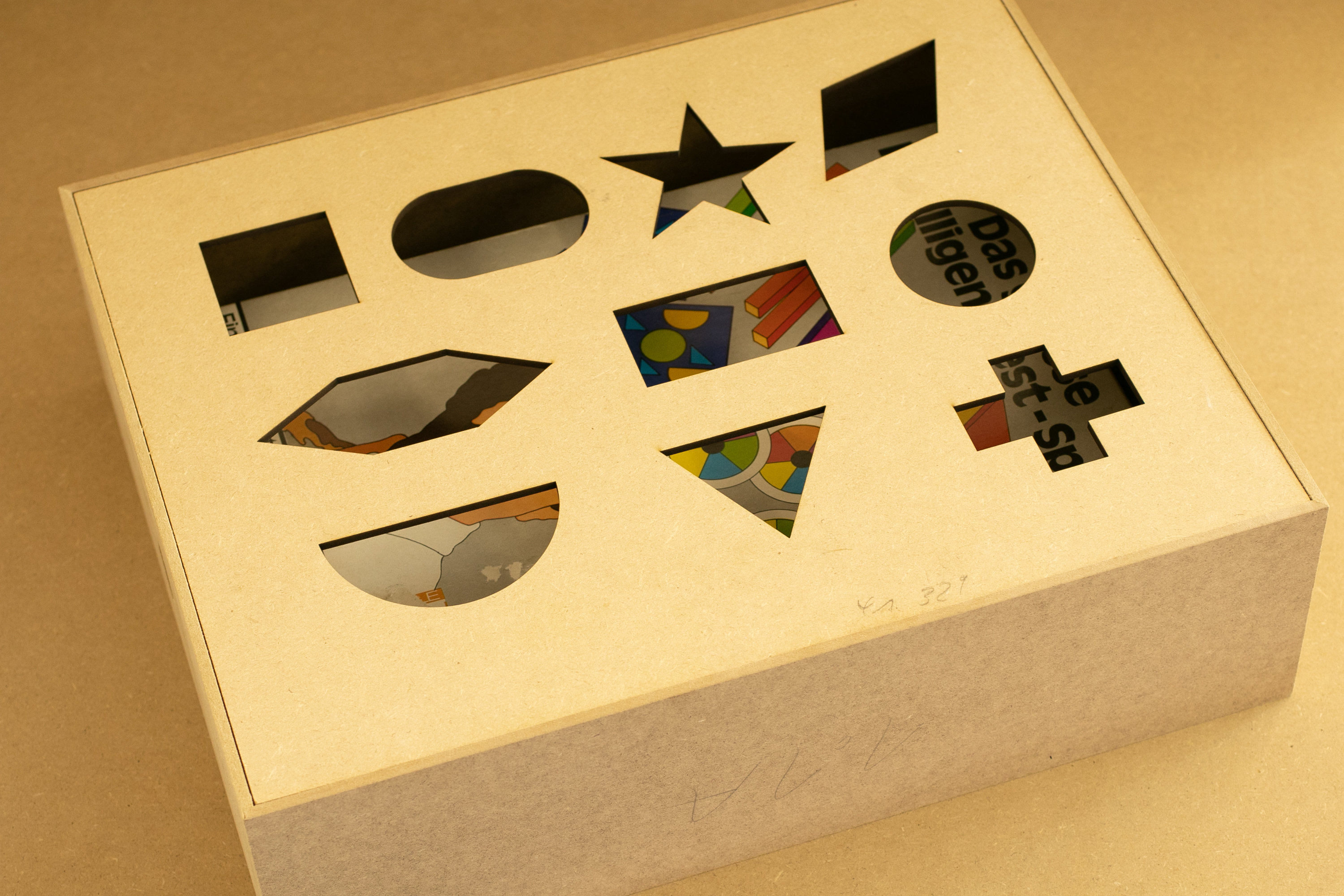
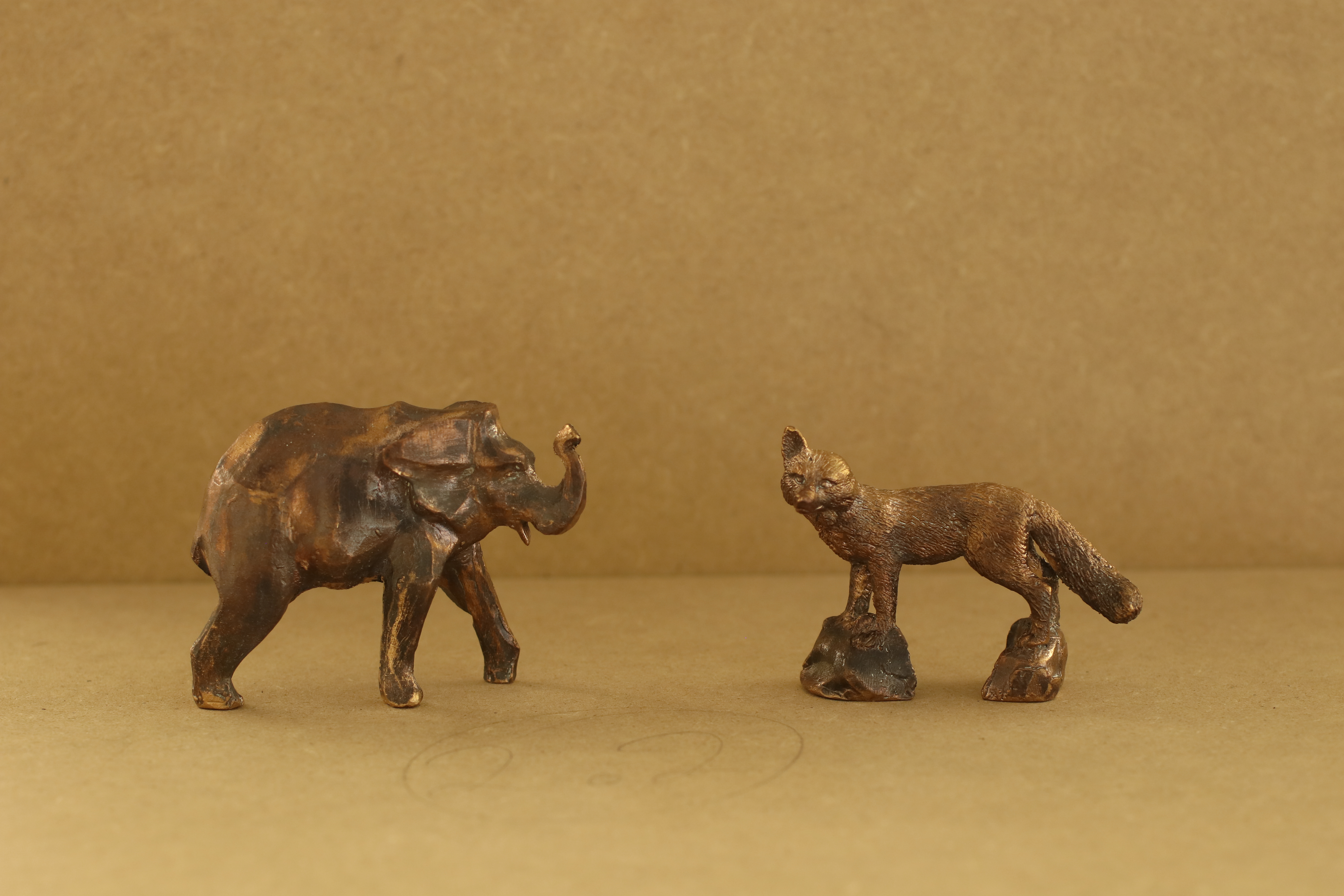

On The Subject of Tests is an ongoing research project that examines, explores and plays with the aesthetic, affective and genealogical dimensions of 20th century intelligence tests as administered in psychiatric, educational, legal, military and border spaces as a means of categorising, separating and diagnosing its subjects.
I included three works (On the Subject of Tests: Test as Archive, 2021, Series of framed digital prints; On the Subject of Tests: Desk as Archive, 2021, MDF desk with collection of tests, photographs, toys, research materials and miscellaneous objects; and On the Subject of Tests: Rehearsing the Examination, 2021
Video of rehearsals (work in progress), 36:00 min) in this group exhibition which featured 10 artistic research fellows from BS-Projects).
>> See more of Desk as Archive here
>> See more of Rehearsing the Examination here
Rehearsing the Examination, Inter Art Center (IAC), University of Lund, Malmö, Sweden
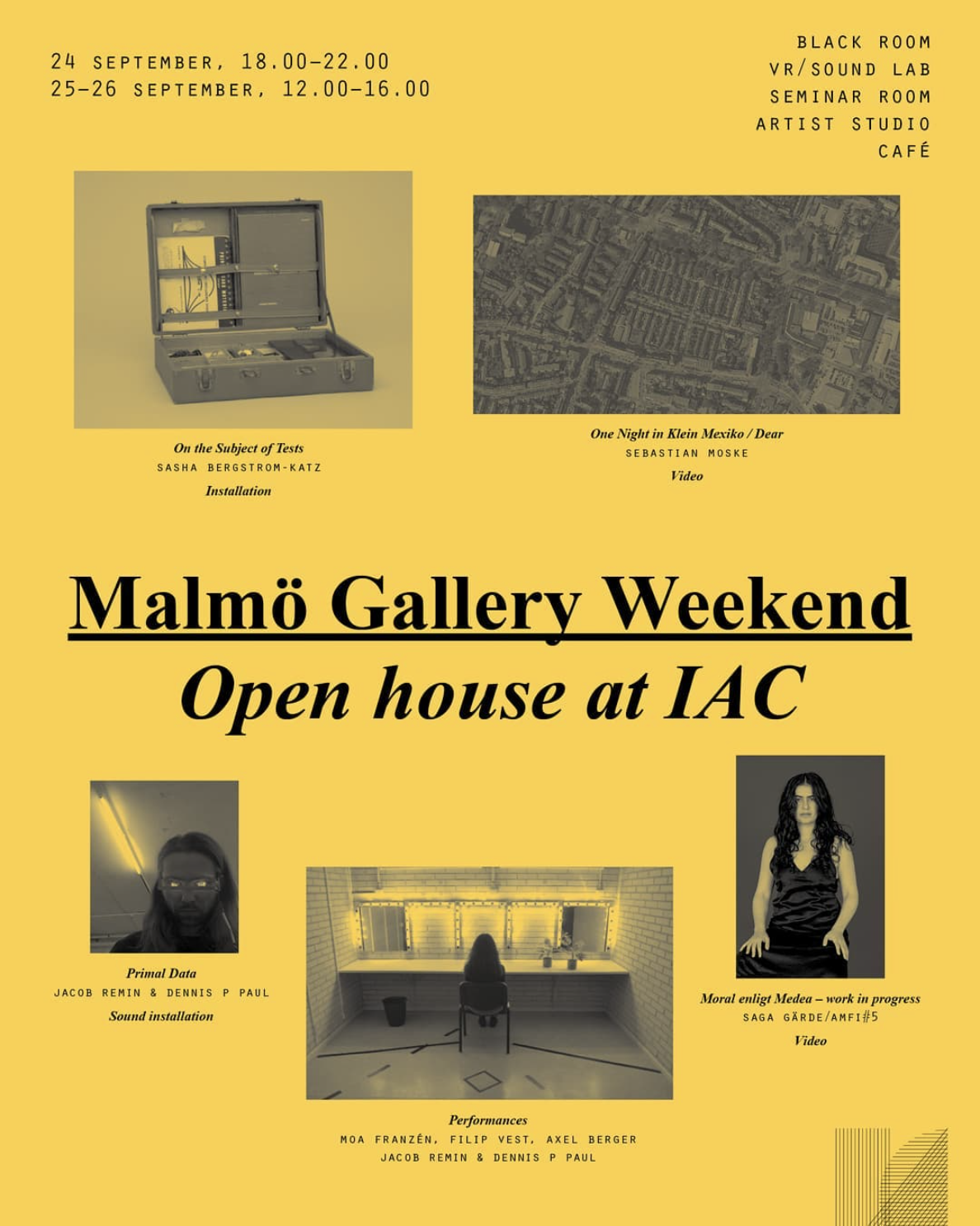
In August of 2021, artist and researcher, Sasha Bergstrom-Katz, worked in the IAC’s Black Room, rehearsing with eight actors to study a selection of intelligence test kits from the United States.
For the Malmö Gallery Weekend (24-26 September), she presented a work in progress iteration of the longer form project: “On the Subject of Tests: Rehearsing the Examination”.
Using the IAC’s Black Room as site, artist and researcher Sasha Bergstrom-Katz will record extended rehearsals of intelligence test manuals.
Images: Exhibition Poster
>> See more of Rehearsing the Examination here
2020
Archive Machines, Rewiring, Los Angeles Municipal Art Gallery, Los Angeles, CA
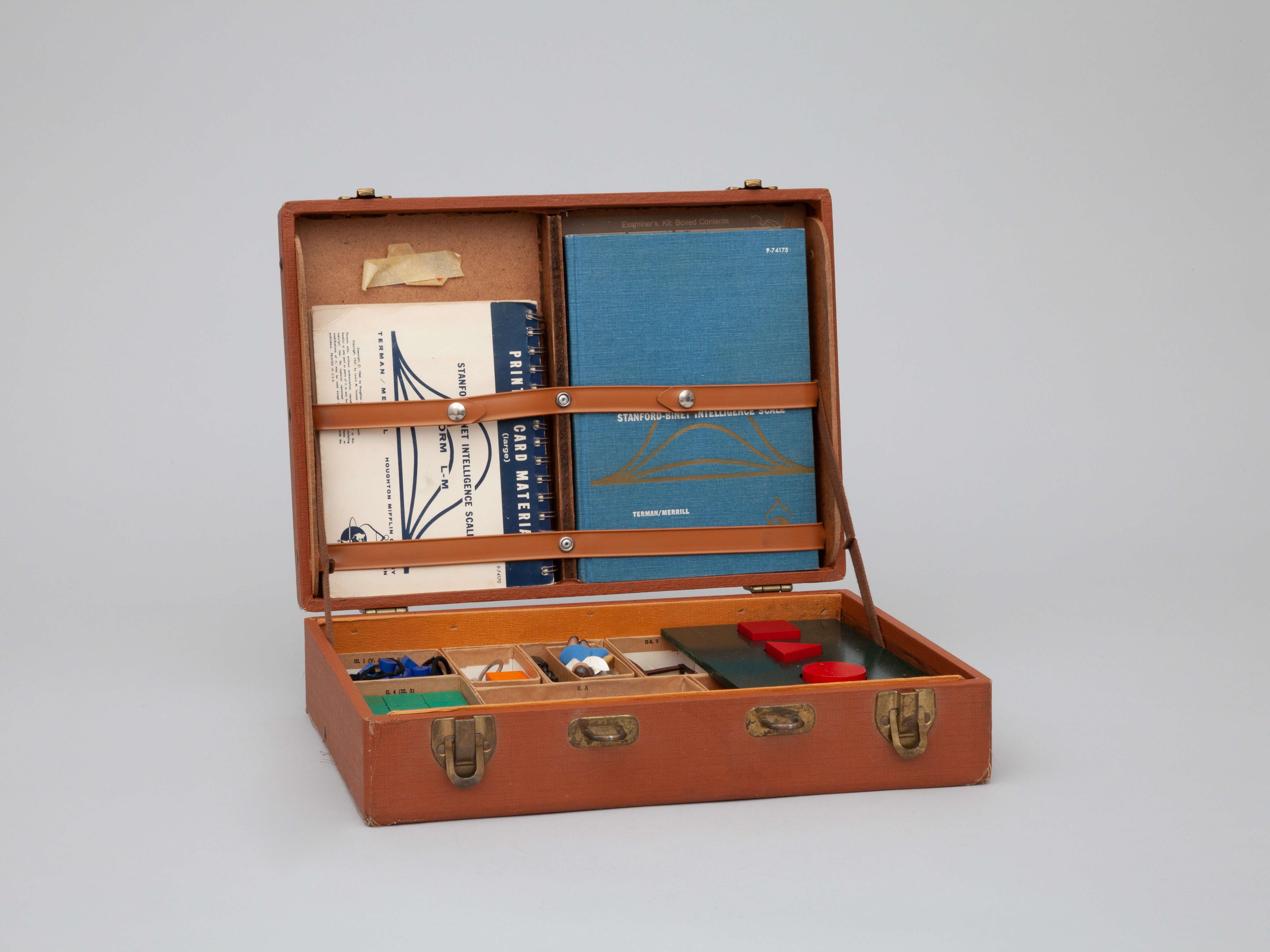


The City of Los Angeles Department of Cultural Affairs (DCA) and the Los Angeles Municipal Art Gallery (LAMAG) presented ARCHIVE MACHINES, an online-only juried exhibition of recent works by Southern California artists that examined the archive as a conceptual vehicle to de-center singular narratives and encourage plural perspectives through the activities of revisioning, resisting, rewiring and relating. The forty-four artists were selected from an open call by a jury comprising: Olivian Cha, Curator and Collections Manager, Corita Art Center, Los Angeles; Kerstin Erdmann, Director, Galería OMR, Mexico City; and Rita Gonzalez, Terri and Michael Smooke Curator and Department Head Contemporary Art, LACMA, Los Angeles. ARCHIVE MACHINES was organized into four thematic sections to further engage with the presented artworks, concepts and structure of “living archives” by taking a cumulative course, growing throughout the course of the show.
ARCHIVE MACHINES‘ first section, REVISIONING, featured artists: Jamie Adams, Caroline Clerc, Natalie Delgadillo, Danny Jauregui, Dina Kelberman, Audrey Leshay, Maura Murnane, Lenard Smith, Allison Stewart and Rachel Zaretsky.
RESISTING featured artists: Johanna Breiding, Woohee Cho, Boz Garden, Malisa Humphrey, Nova Jiang, Farrah Karapetian, Keaton Macon, Silvi Naçi, Amir Saadiq and Keith Walsh.
REWIRING featured artists: Sasha Bergstrom-Katz, Arezoo Bharthania, Tom Comitta, stephanie mei huang, David Kelley, Three Lee, Julie Orser, Lena Pozdnyakova and Eldar Tagi, Tianyi Sun, Kyle Tata and Camile Wong.
The exhibition concluded with RELATING, which featured artists: William Camargo, Helen Chung, Nick Flessa, Carla Jay Harris, Wesley Larios, Helena Min, Tyler Matthew Oyer, Felix Quintana, Leticia Velasquez, Evelyn Hang Yin, Sarita Zaleha and Jody Zellen.
>> See more of Rhetoric of a Box here
2018
Effecting a Split, University Art Gallery, University of California, Irvine, Irvine, CA


Images: Installation views
Effecting a Split is a two-channel video installation that re-performs the transformation scene from The Strange Case of Dr. Jekyll and Mr. Hyde alongside a magic illusion that requires identical actors to perform a transportation across the stage. The work examines how systematic methods of misdirection and hidden apparati are used in various modes of performance and addresses issues of divided subjectivity and the split body.
>> See more of On Magic: Effecting a Split & On Not Seeing here
Arc, Wobble, Fade, Fold (curated by Simone Krug and Eric Kim), Human Resources, Los Angeles, CA
Sasha Bergstrom-Katz, Rachel Borenstein, Niloufar Emamifar, Miranda Javid, Kyle Welker, Kim Garcia , Joshua Ross, Eva Słapa, Amy Mackay
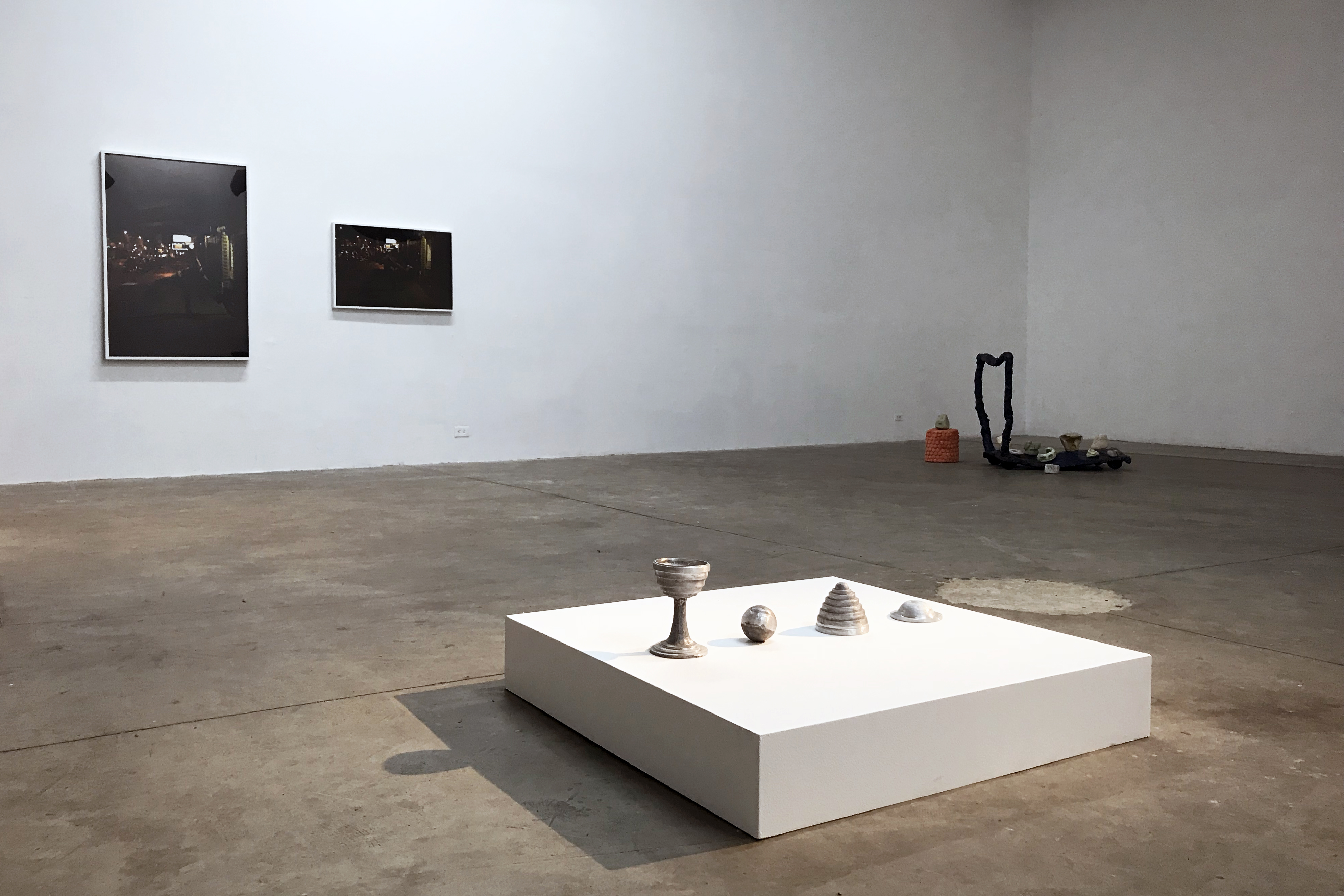


Consider the idea of the fold. It is both a gesture and a mark, a mode of concealment and of obfuscation. One can get lost in the fold just as the act of folding might provide direction or even answers. A fold is a fracture in the surface and it is a gentle graze. It is, in this way, a clever contradiction. A fold implies elasticity, movement, and variation. The works in Arc, Wobble, Fade, Fold rely on the tensility of their materials, the malleability of their formation. These pieces come together in their shifting, volatile dispositions.
Is a fold a boundary? Some works delve into the politics of geographic “air rights” and the arbitrary property rights used to delineate borders and measure public space. Other pieces consider the inherent choreography of the garment as it wrinkles, puckers, and cinches on the body. There are abstract documents of constructed or staged group experiences, where a large-scale painting of curved, undulating strokes might serve to mark, or archive, a collective event.
The fold—or the fissure—is hidden in the systems of other artworks. In one sculptural installation of tangled glass tubes, both the flow and the source of tube water is concealed by the coiling continuity of its transparent conduit. Another artist explores the interior apparatus of the magician’s false “cup-and-ball” props. Here, the trick is embedded into the object itself, eliminating any need for sleight of hand.
Some cast structures carry impressions and indentations of tactile molds. These fabricated forms likewise hint at tensions, misunderstandings, missed connections—an elaborate index of social interactions. Another work seeks to demarcate definitive moments in more abstract pursuits such as mapping the pollination range of honey bees. Still other pieces dissect the flat surface of the canvas, carving holes and manipulating material into intricate contours. Short looping animations dwell on mortality and the passage of time, the folding of the day as the sun sets.
As both a cover and an idea that might open out into something else, the fold is a point of entry into deconstruction, revision, and the broader notion of change. When we see these artworks together, we see the seams that hold our surroundings.
Curated by Simone Krug and Eric Kim
>> See more of On Magic: Effecting a Split & On Not Seeing here
On Not Seeing, Material Art Fair with In Lieu, Mexico City, Mexico
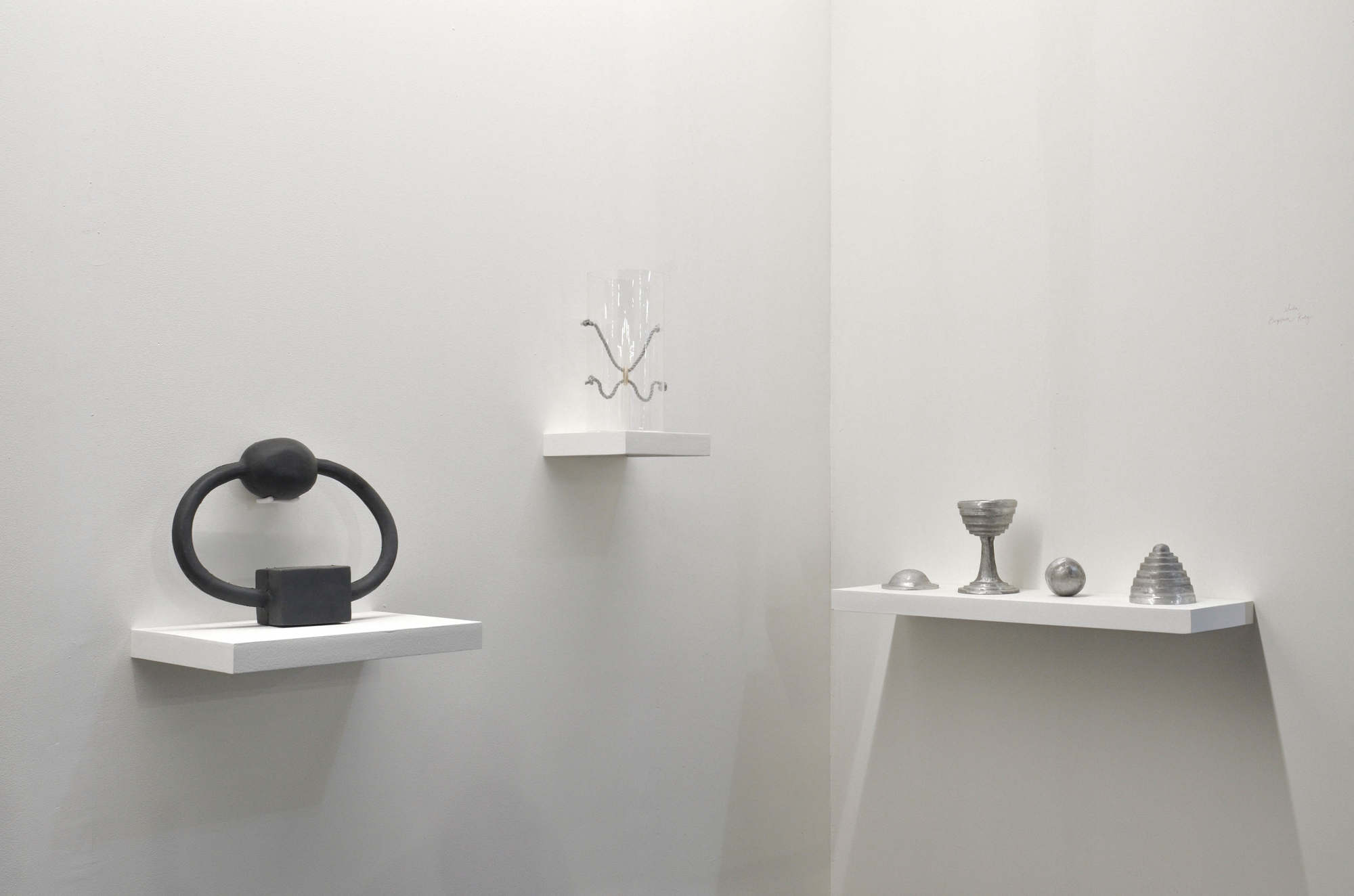
Image: Installation view
>> See more of On Magic: Effecting a Split & On Not Seeing here
Co/Lab III, Torrance Art Museum, Torrance, CA

Image: Installation View
2017
7 Stages, AWHRHWAR, Highland Park, CA
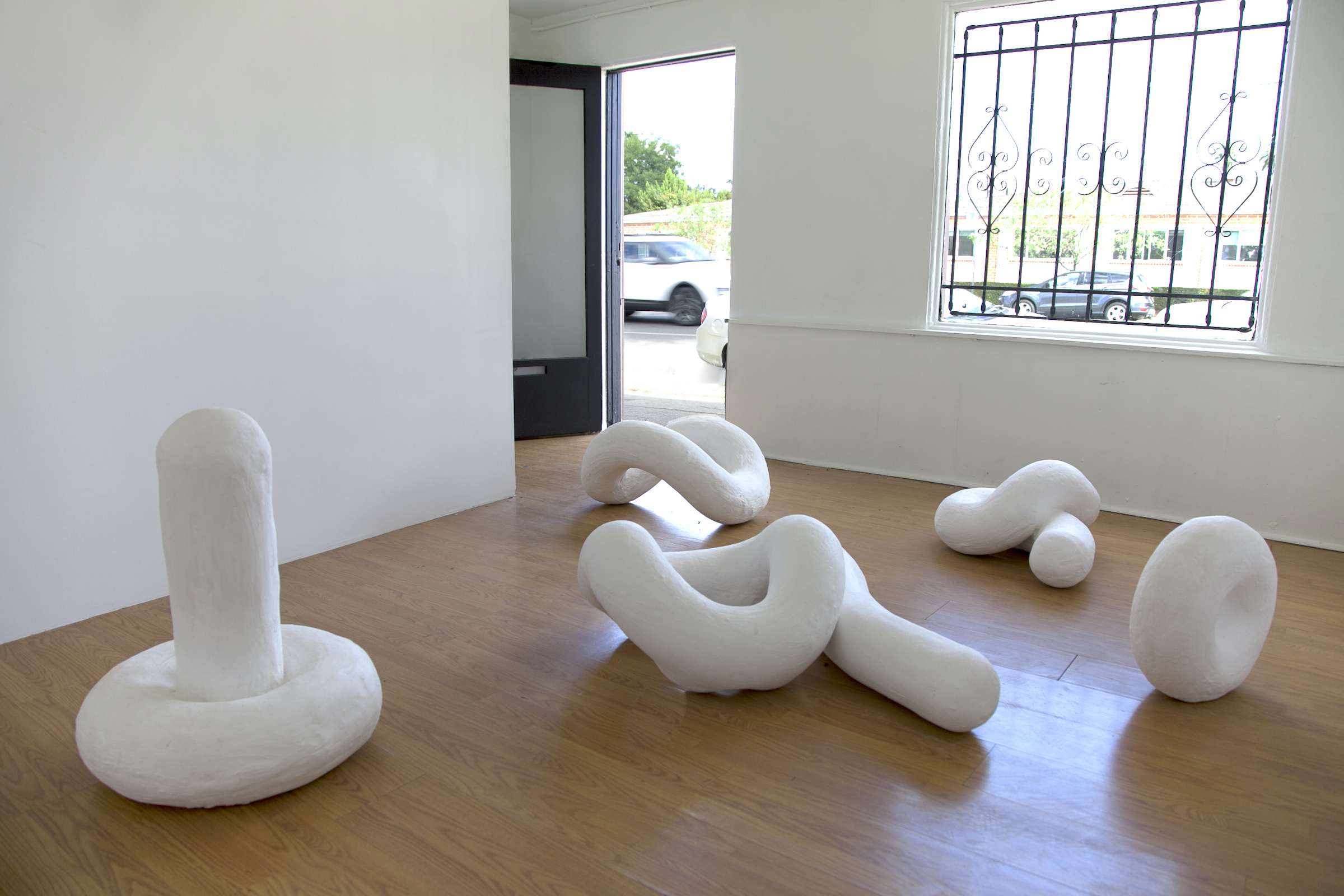
Mid-residency Exhibition, University Art Museum, University of California, Irvine, Irvine, CA

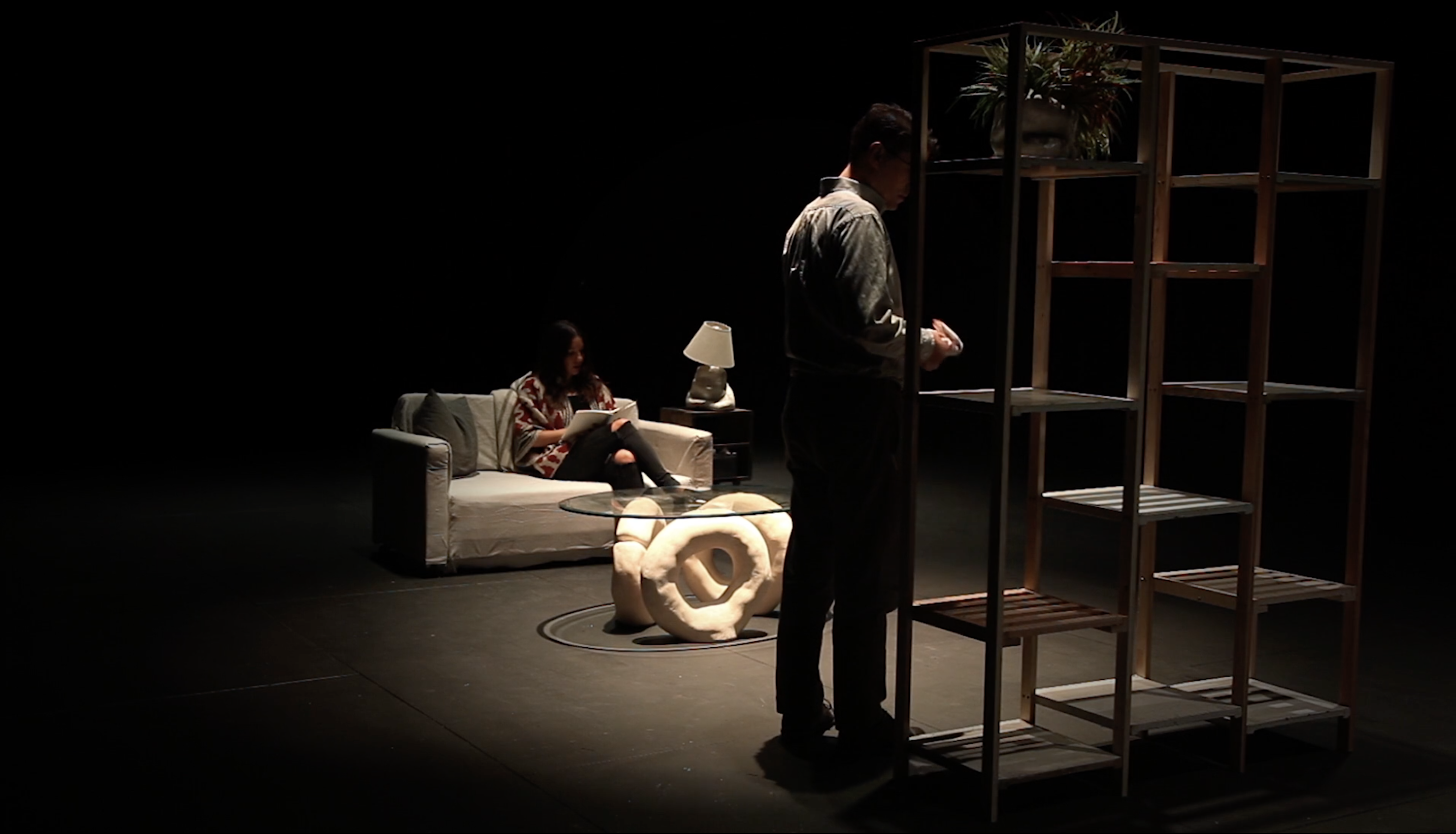
+ and – (curated by Micah Espudo), Echo Park, CA
2016
hi temps (two-person exhibition with Stephen Quick), Central Park Gallery, Los Angeles, CA


>> See more of hi temps here
I Live Alone, Patrick Gomez 4 Sheriff at ARTBandini, Los Angeles, CA
All of You’re Sudden, In Lieu, Los Angeles, CA
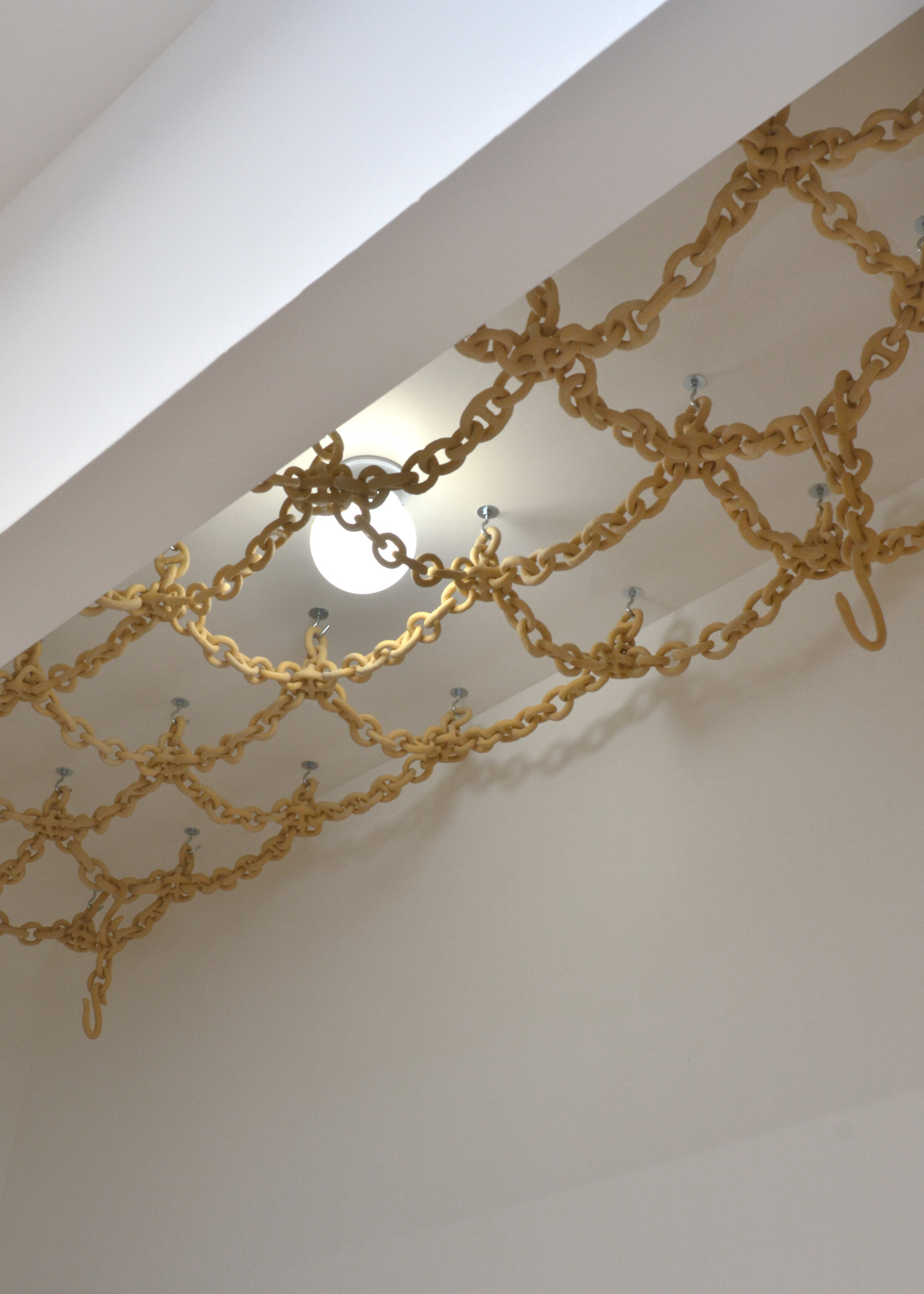
Brancusi 2.0, Arturo Bandini, Los Angeles, CA
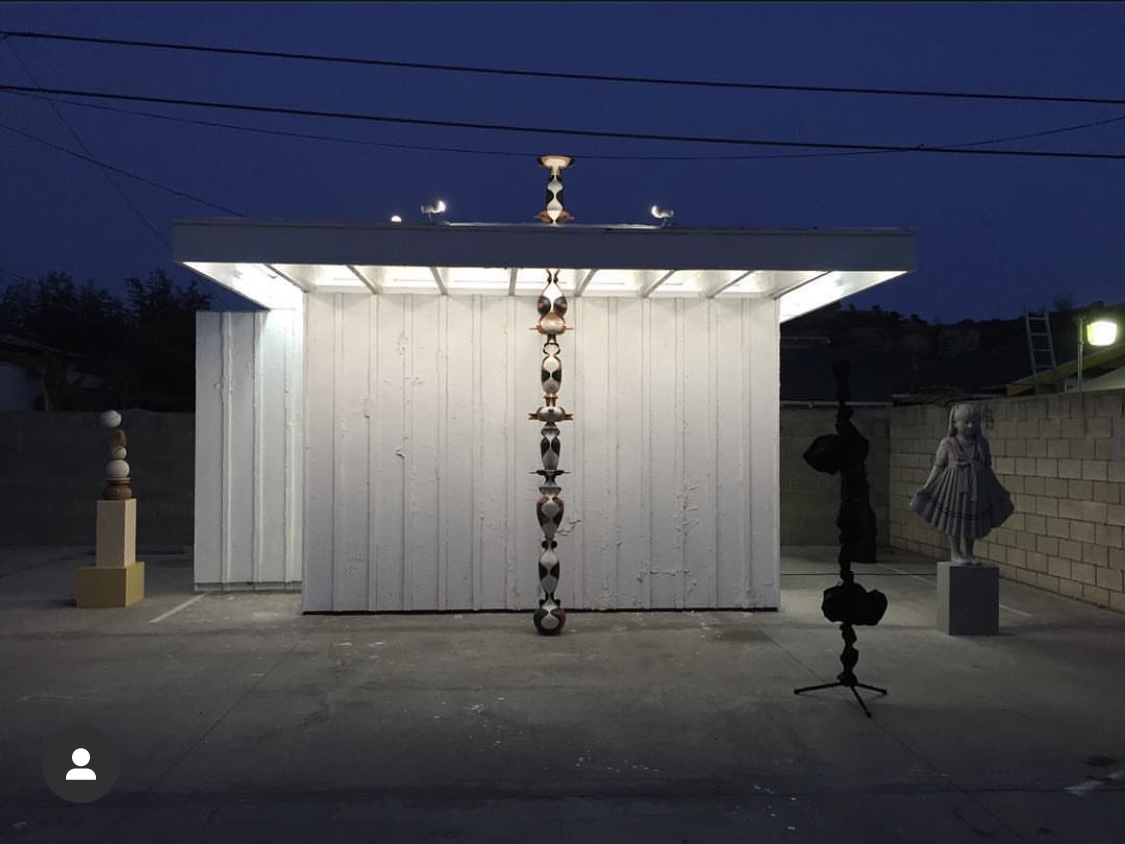
2017, Art Center College of Art & Design, Pasadena, CA (catalog)

2014
&, Roberts & Tilton, Los Angeles, CA (with Sam Kahn)


>> See more of & at Roberts & Tilton (now Roberts Projects) here
